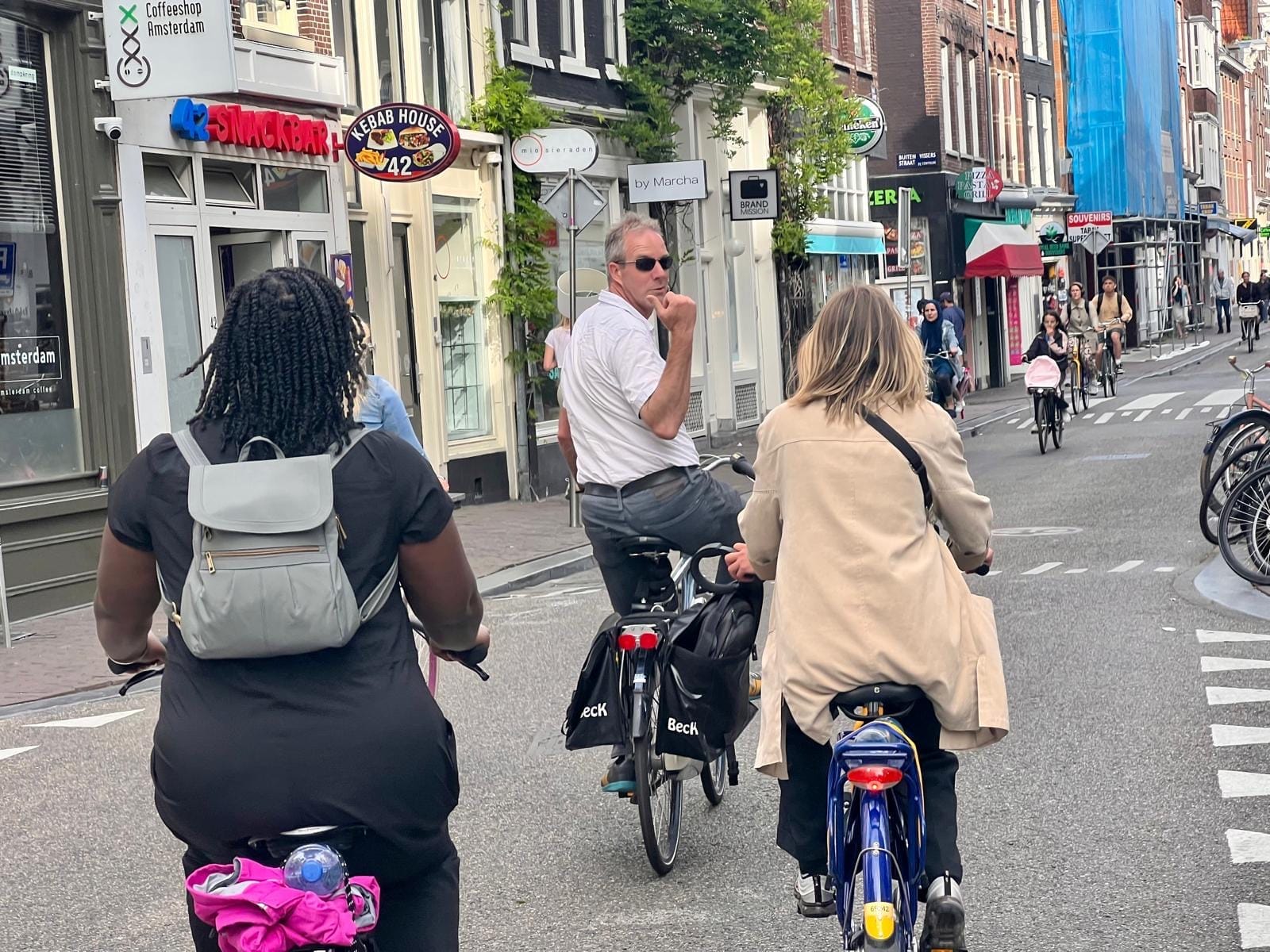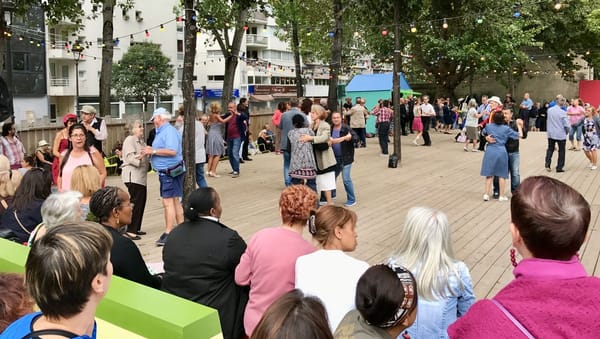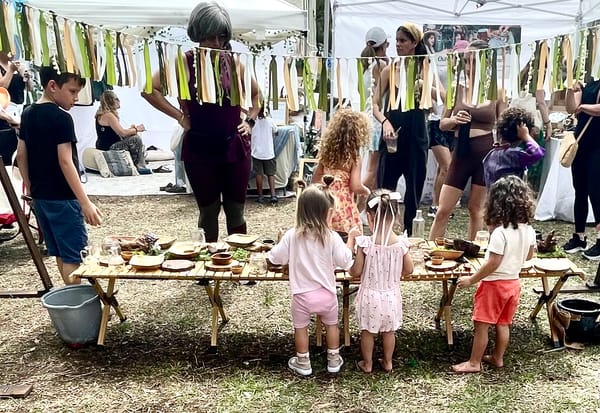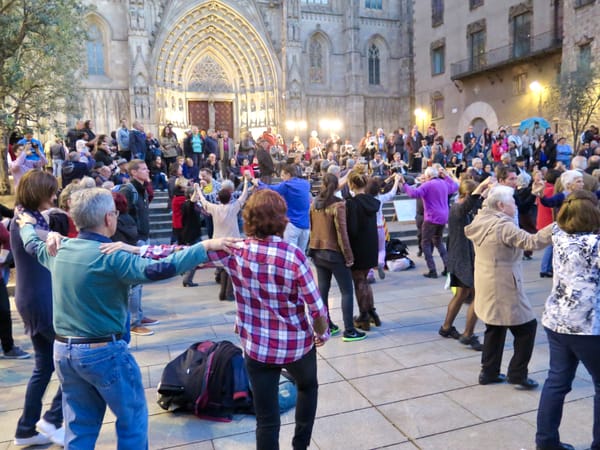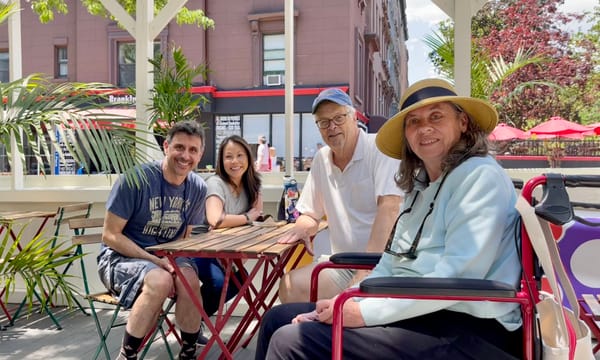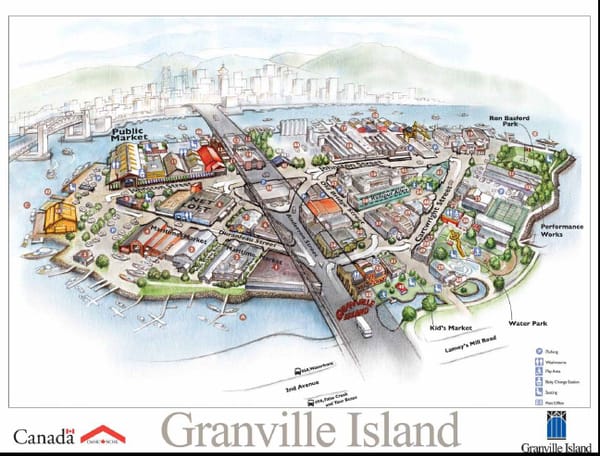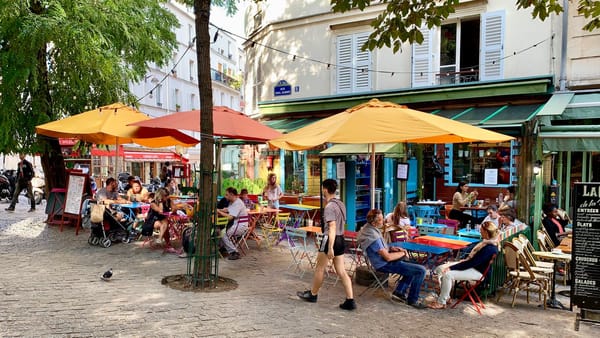Bike culture enriches social life and creates a bridge between sidewalk activity and the street
Bikes open up the world to us in a way that cars don't. Cars get you from point A to point B, sealed up in a metal box and disconnected from the city outside. But bikes are both a mobility method and a social experience. When you're riding a bike, you can interact with the world around you, stop wherever you want if something or someone catches your eye, chat with your fellow cyclists as you ride, and go off route whenever you feel like it. Bikes give their riders freedom and social opportunities in a way that cars simply can't.
Cycling is like the glue between the realms of the sidewalk and the street, weaving the two together and offering a mix of their advantages – a quick way to get around as with a car while also allowing their riders to stay connected to the dynamic social and commercial activity of the sidewalks.
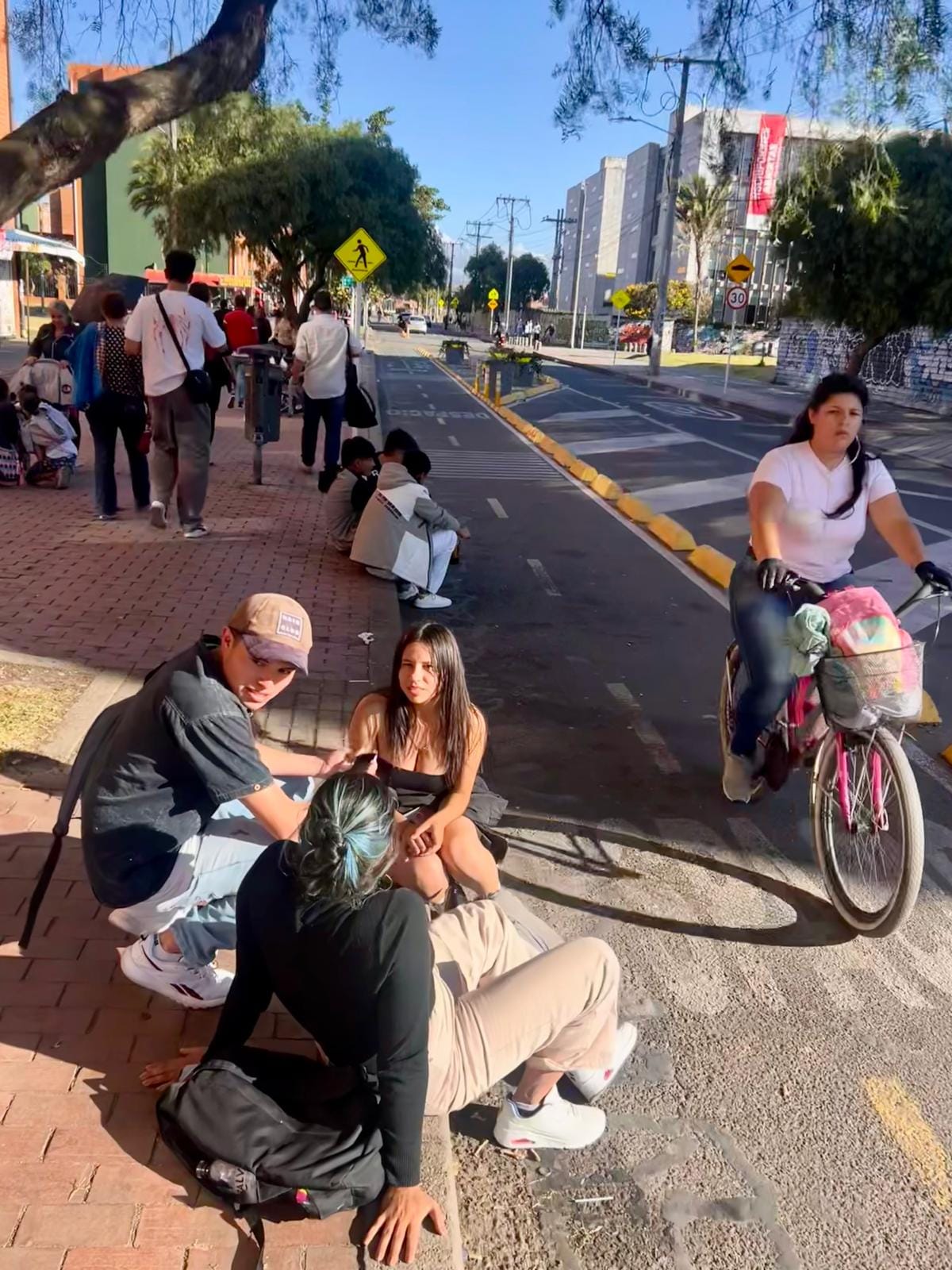
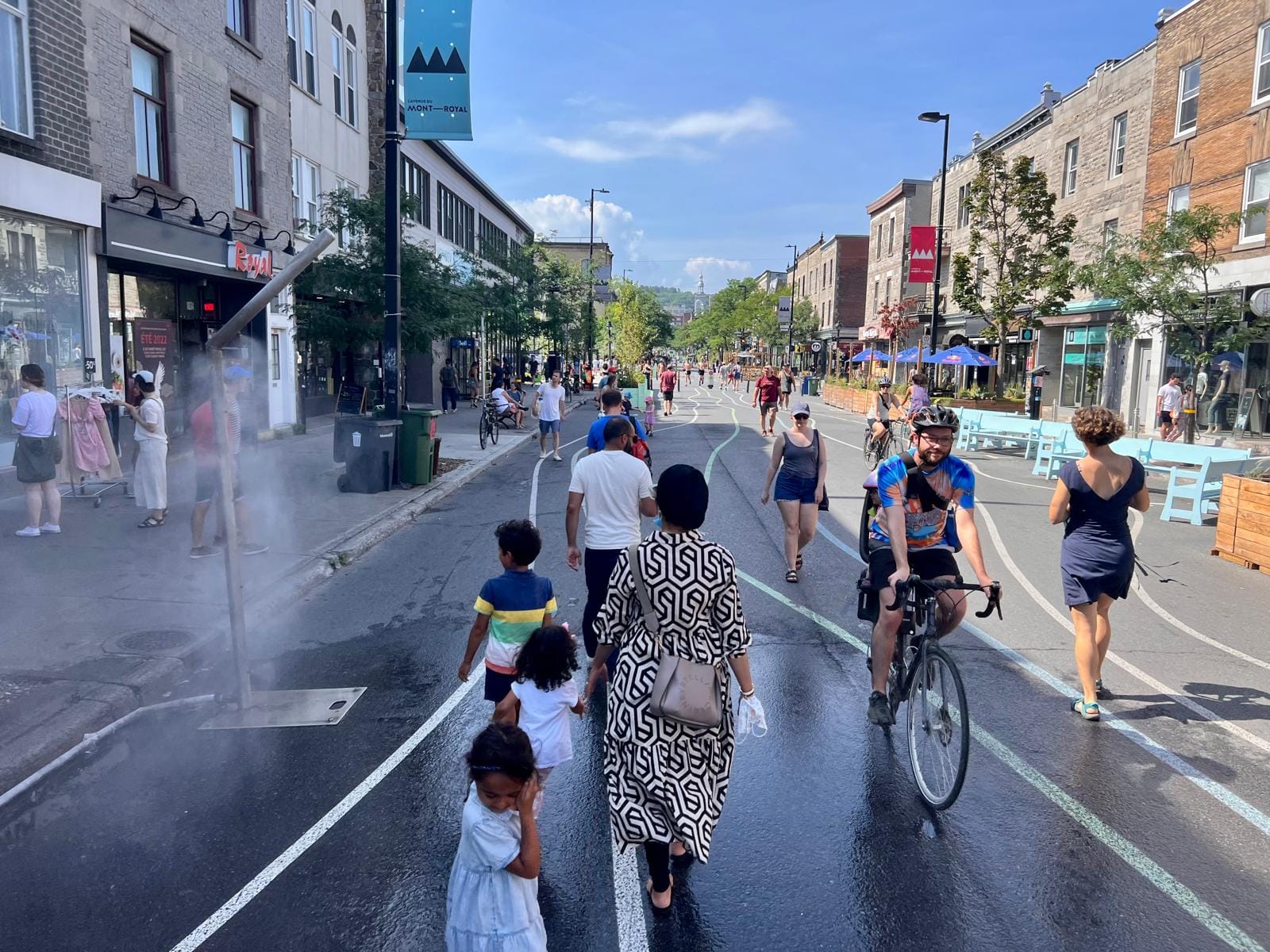
Biking isn't just a mobility method, it's a culture – a culture that values freedom and connection, being active, and engaging with one's environment. Biking connects you to other people who love to get around on bicycles and who want cities to be designed in a bike-friendly way, which also benefits non-cyclists. Biking opens up a world of potential new friends with shared values and lifestyles. When you are a cyclist, you become part of a community.
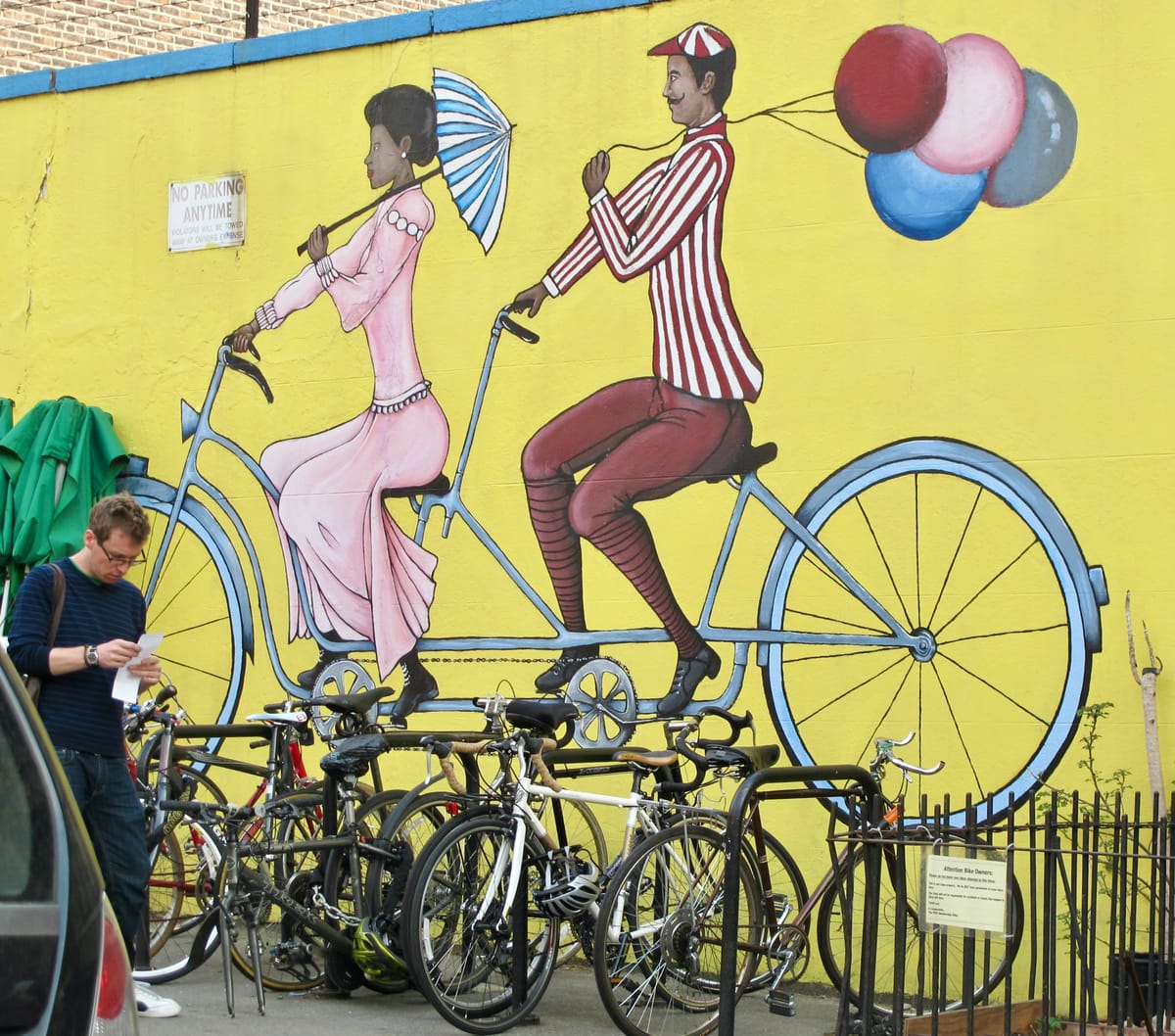
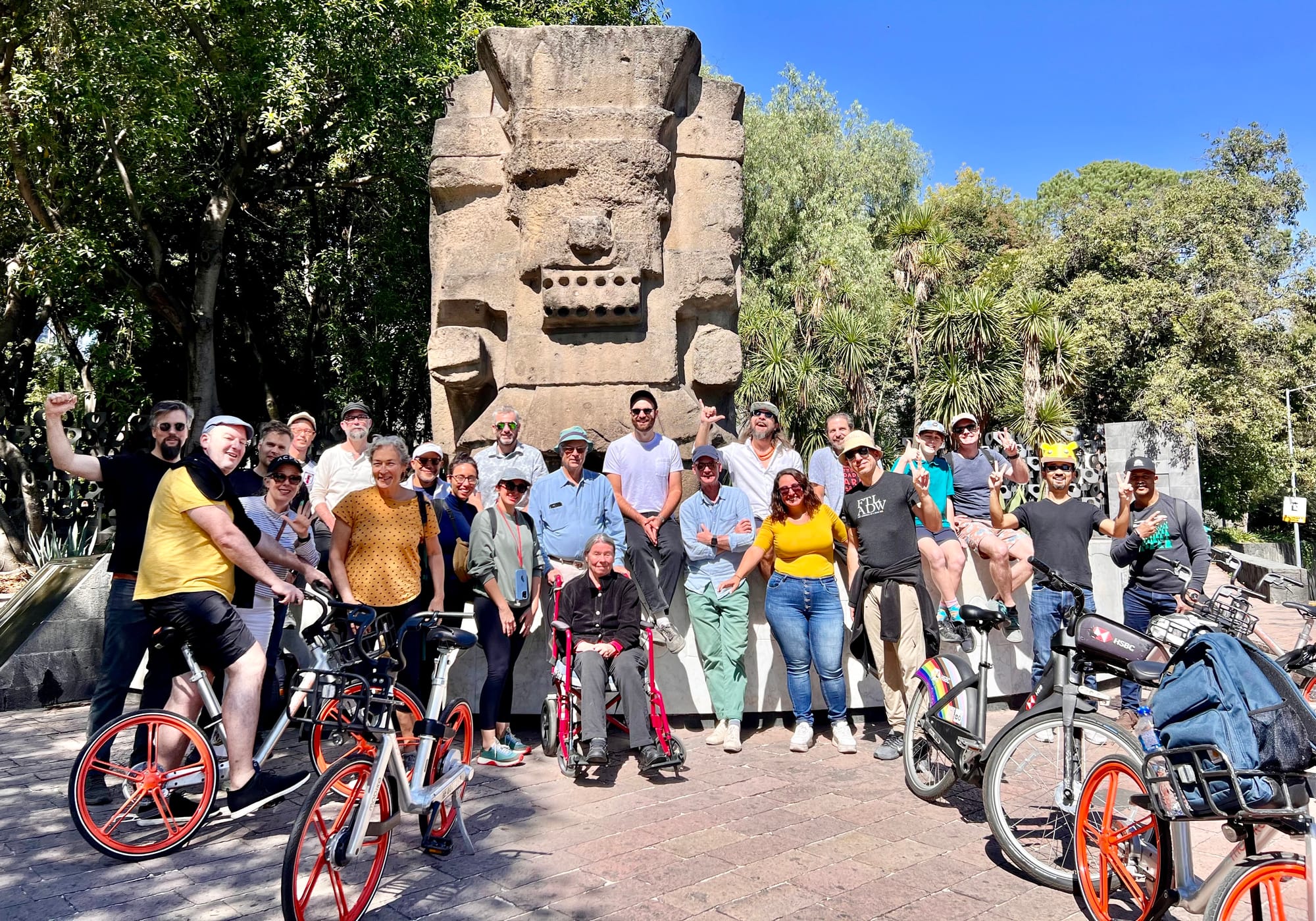
Hanging Out
The bike itself encourages hanging out. That's because it can go anywhere, stop at any time, and is instantly adaptable to various dynamic plans and schedules. At the drop of a hat, you can turn around to meet a friend for a spontaneous coffee date or take a nap on a bench when you feel drowsy. You don't have to worry about looking for parking or the limitations that traffic poses. You have full freedom to experience the day and the city in whatever way you wish.
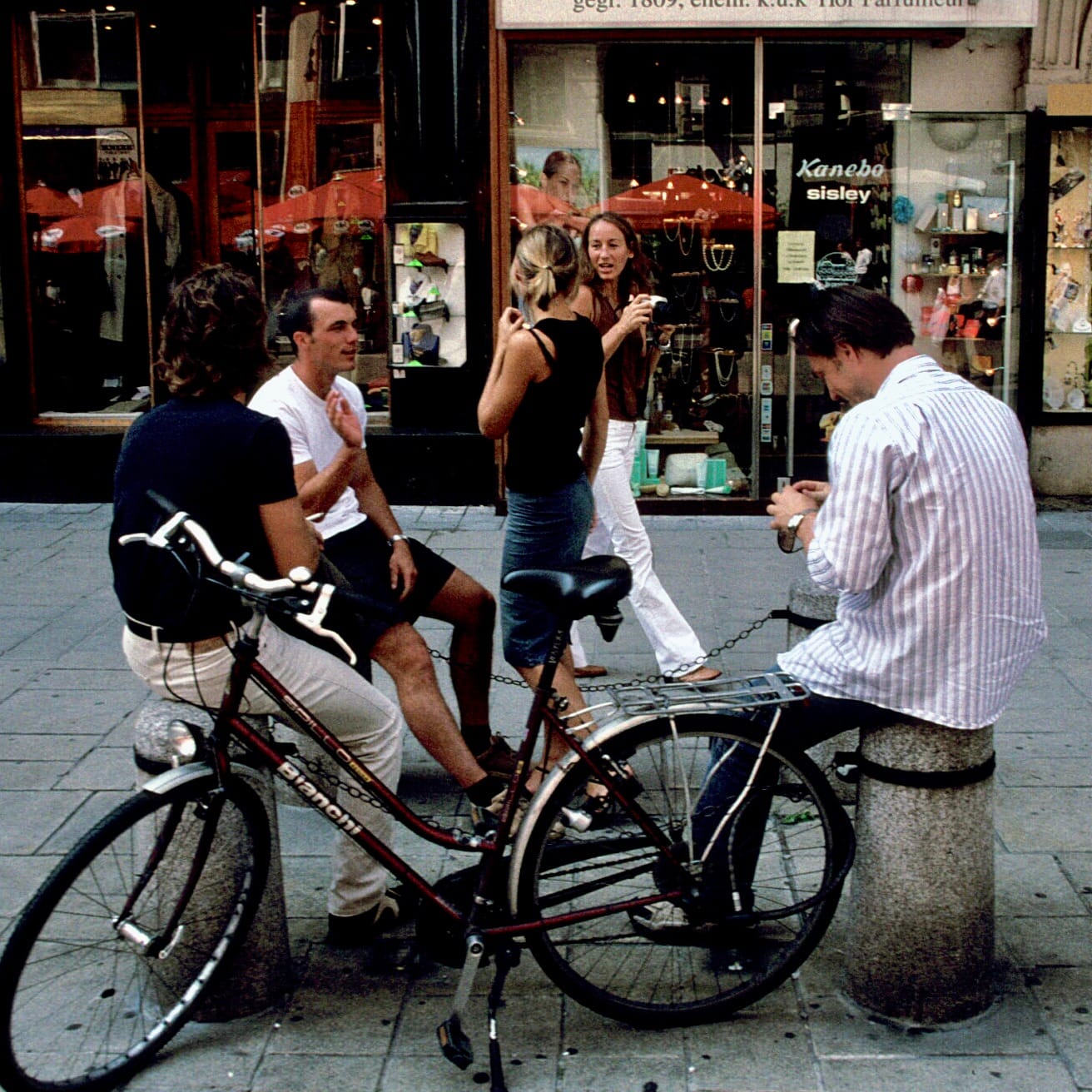
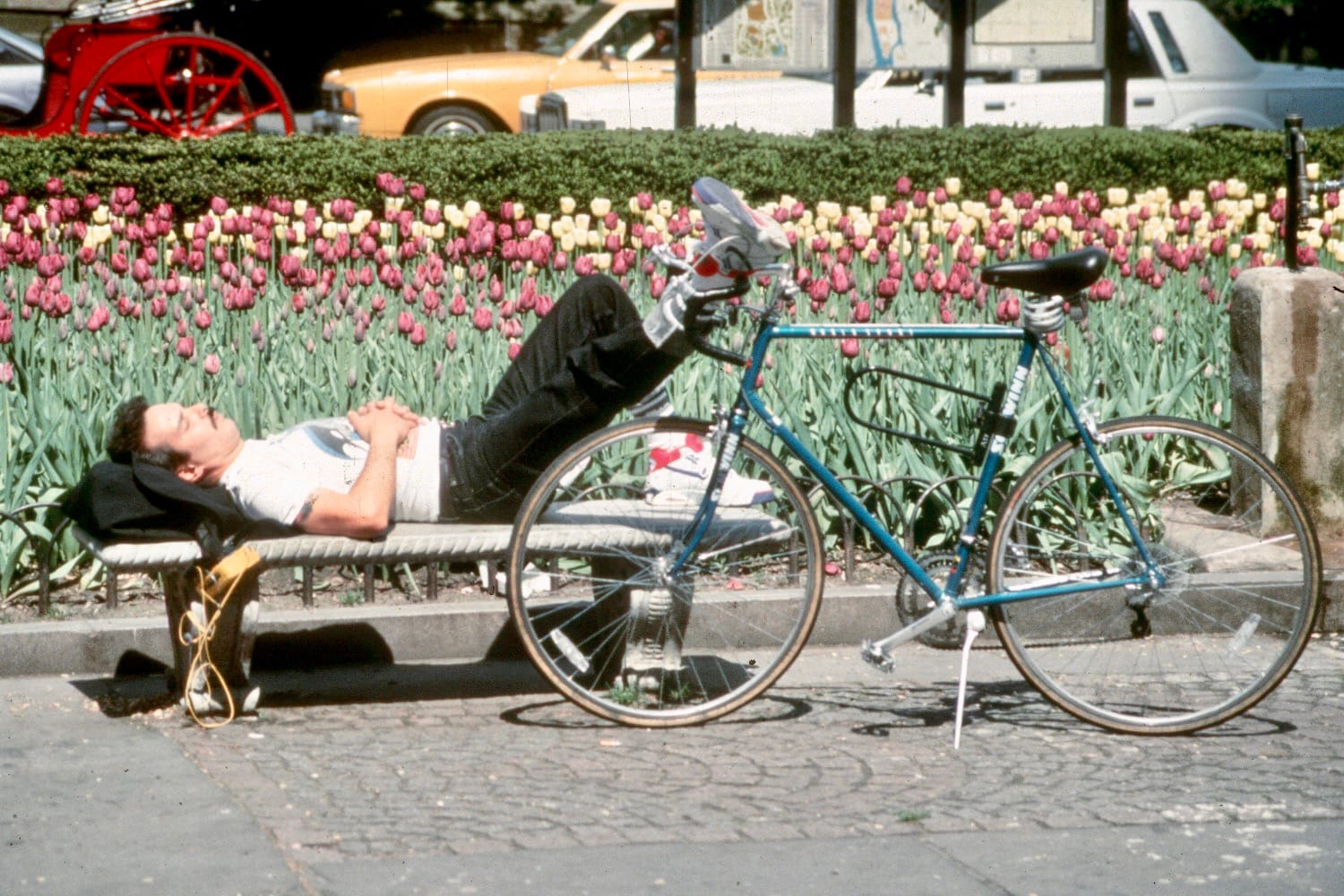
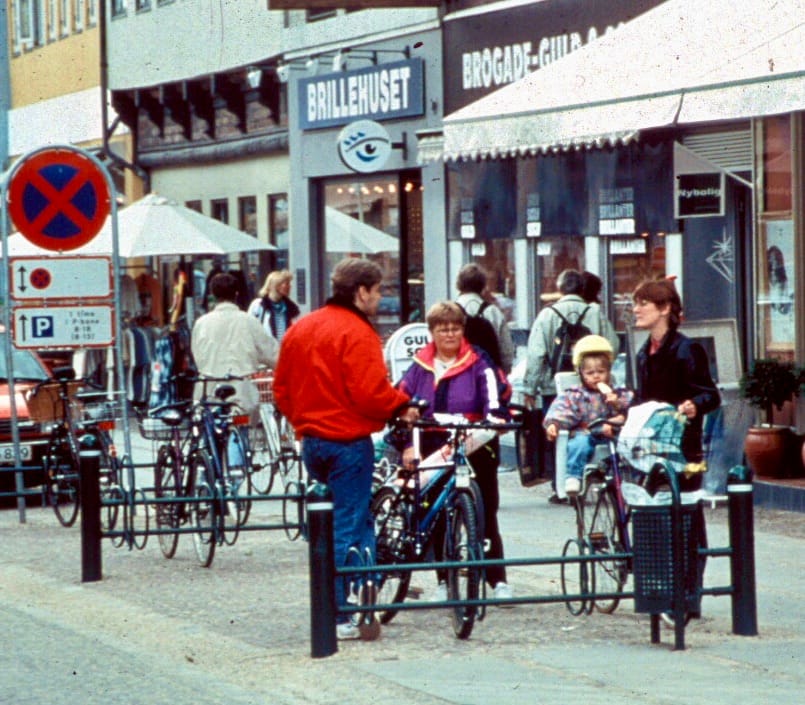


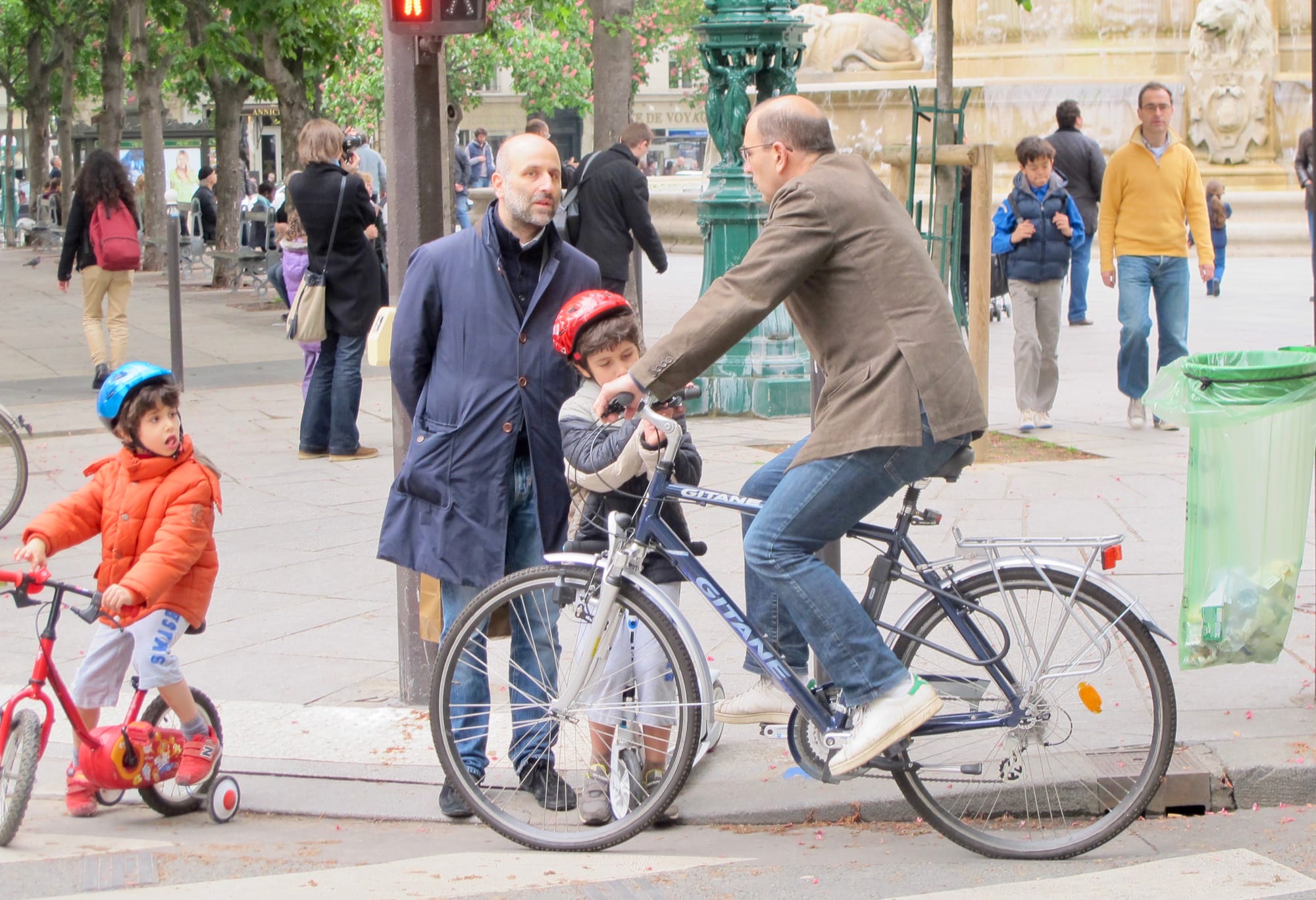
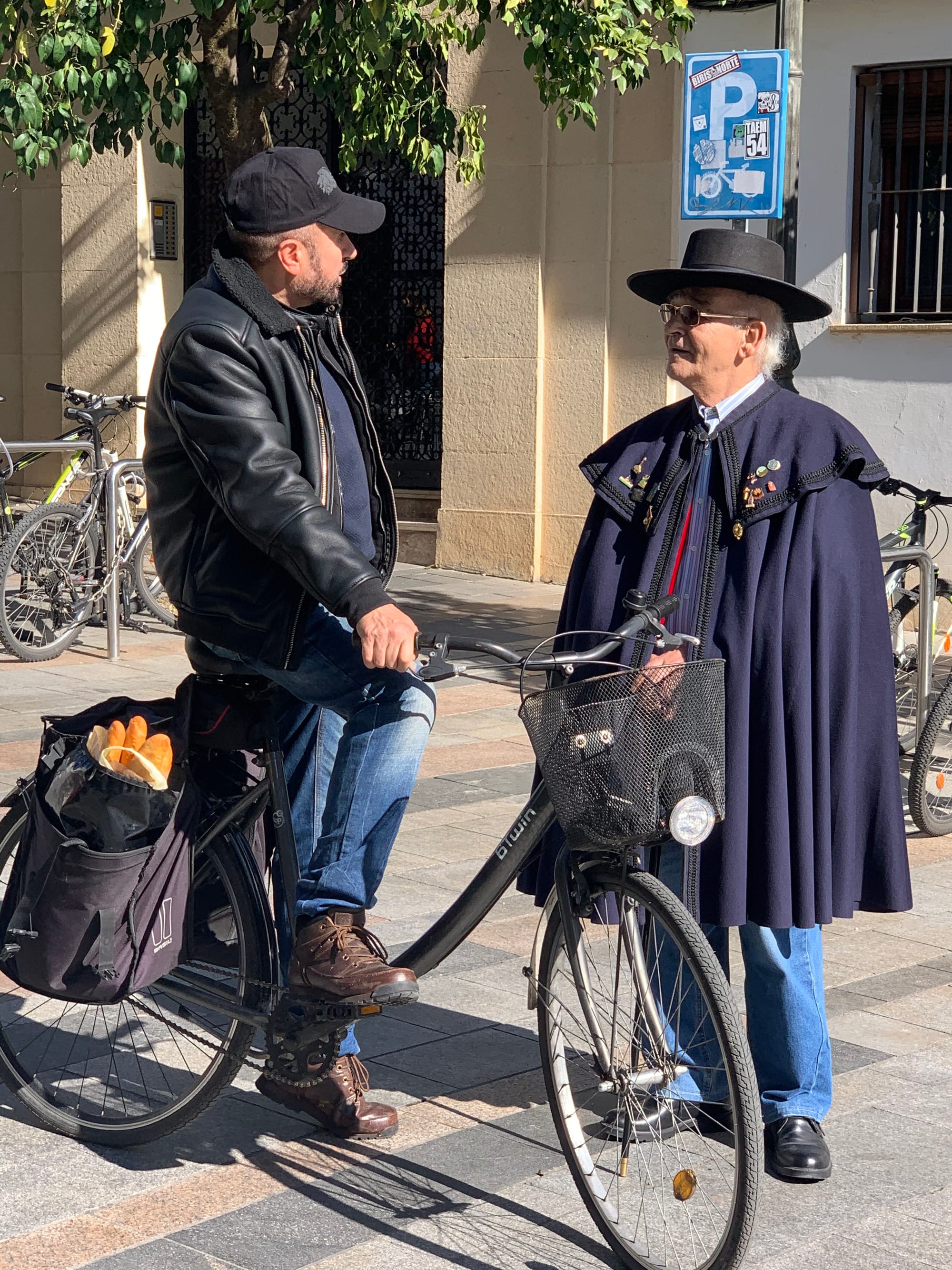
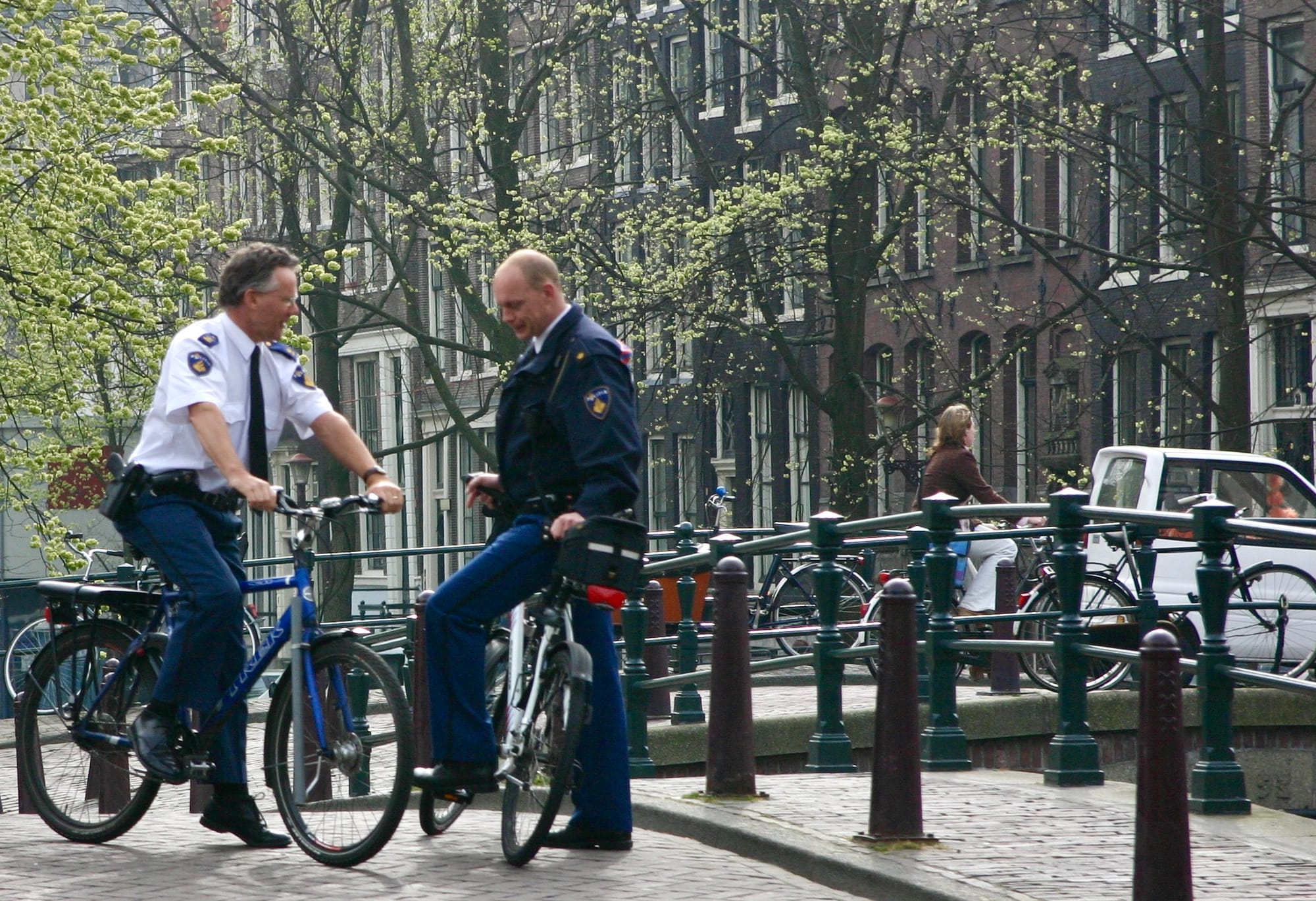
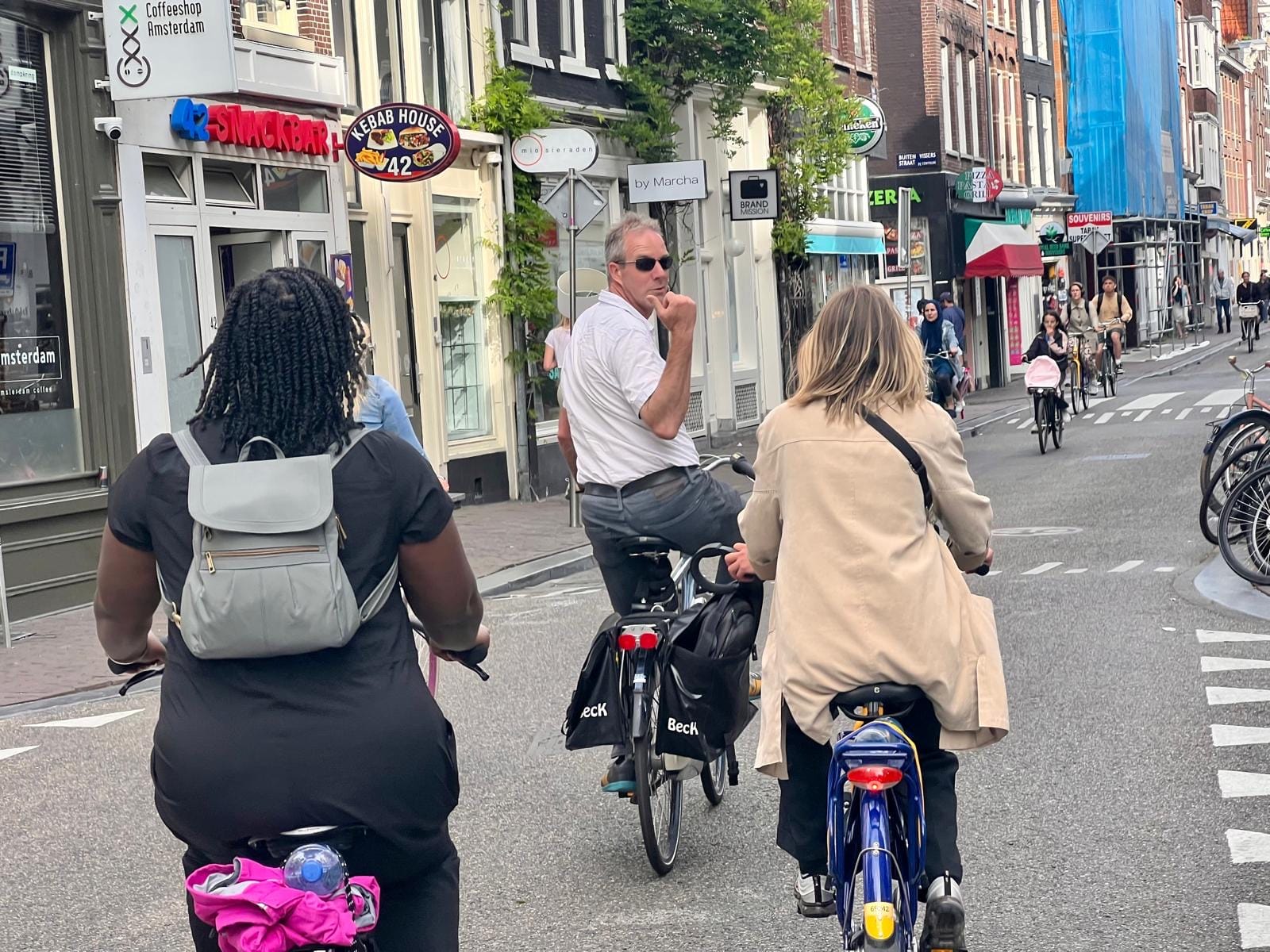
Everyone Cycles
When we think of a "cyclist," we often think of a person in spandex, wearing a helmet and cycling for sport. But that's a very limited view of the cycling community. Everyone cycles! Different styles of bikes make cycling increasingly accessible and inclusive.
Since there are practically no barriers to riding a bike, unlike a car for which you need a license, a certain age, plenty of money to buy and maintain it, a large storage area, etc. bikes are accessible to everyone. From kids to adults, from singles to couples, everyone enjoys the two-wheeler.
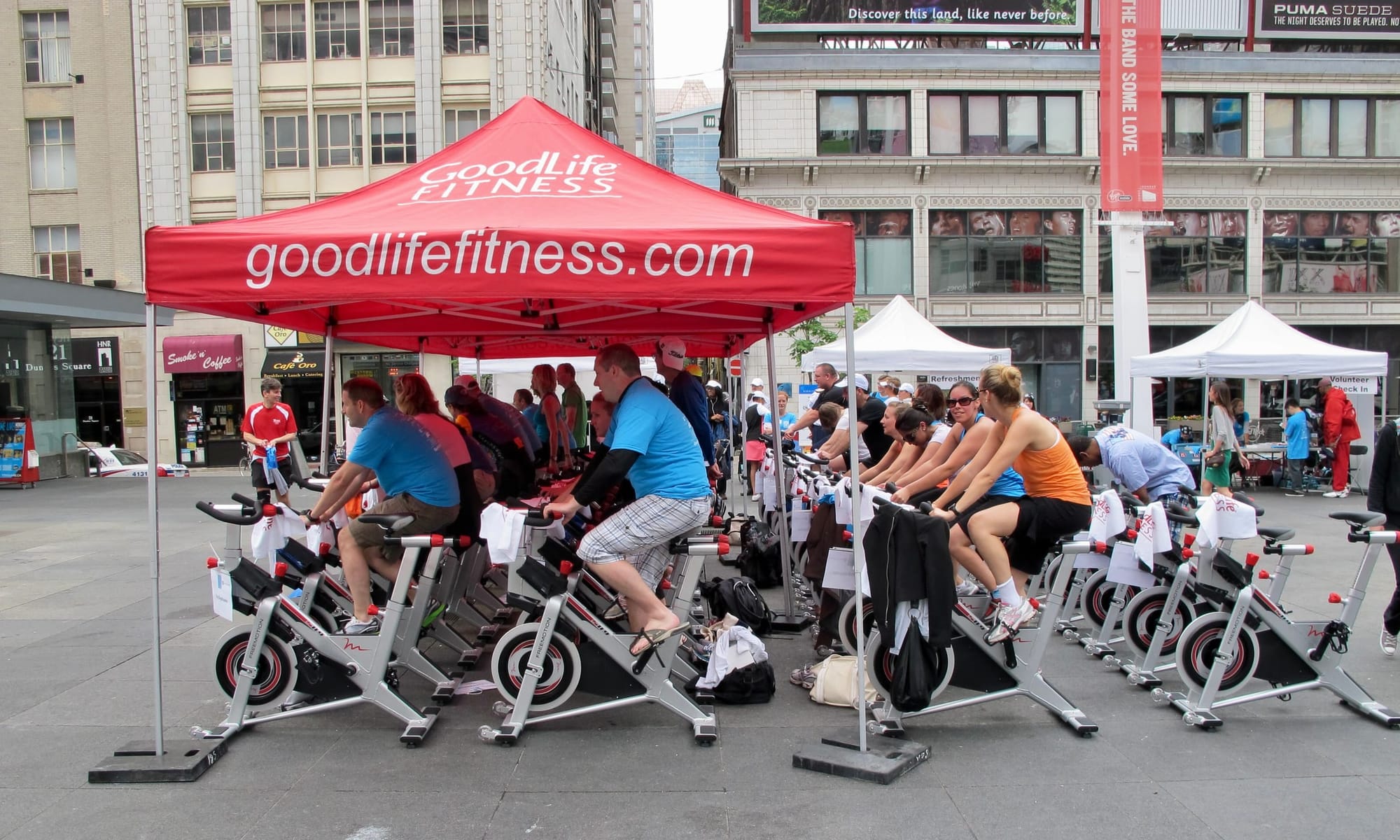
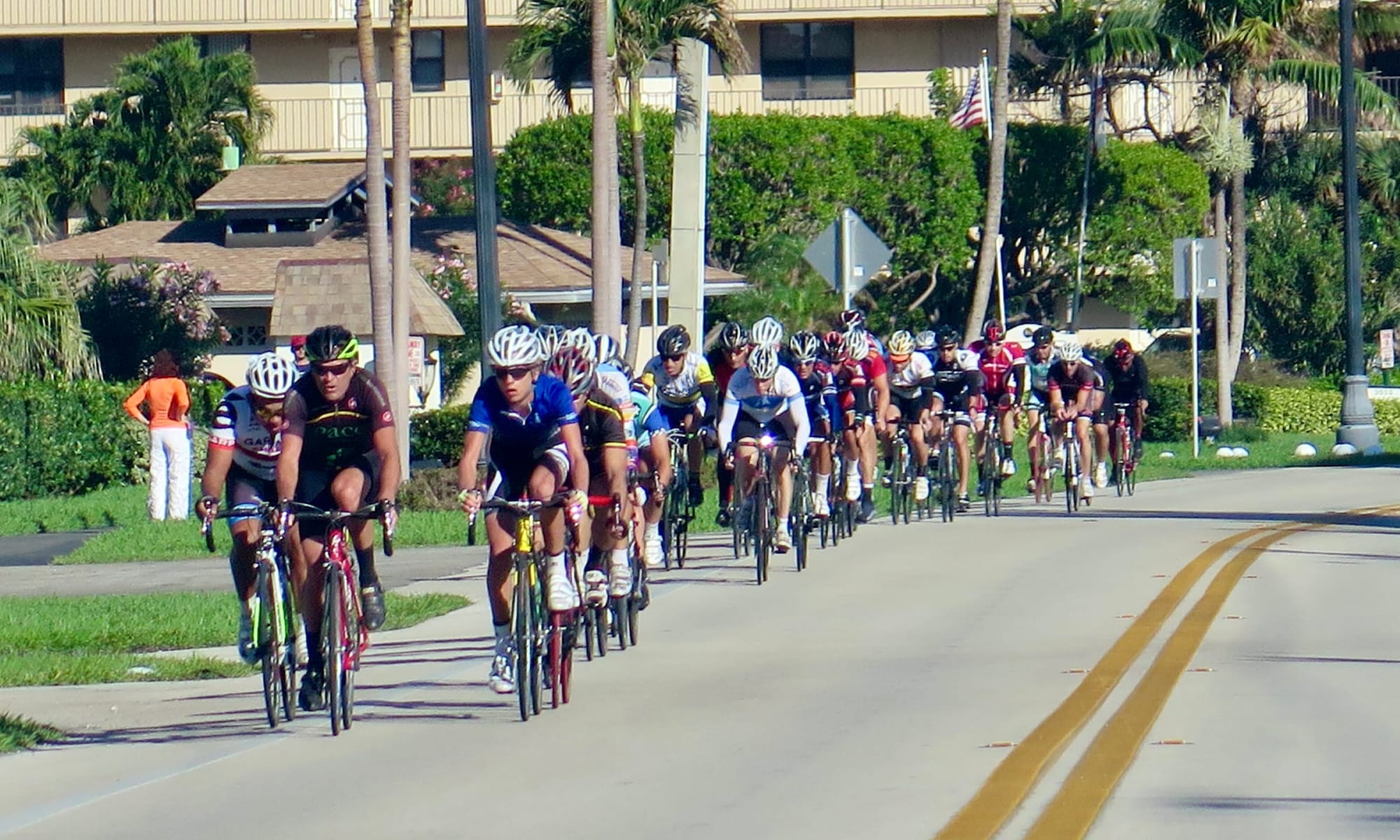
Cycling for sport is not the only way
Kids and Teens
Cycling is perfect for kids and teens because they can't yet drive, but they still yearn to explore the world around them, hang out with friends, and be free. The bicycle allows them to cross large distances quickly without needing a license, and gives them some of the independence they crave.
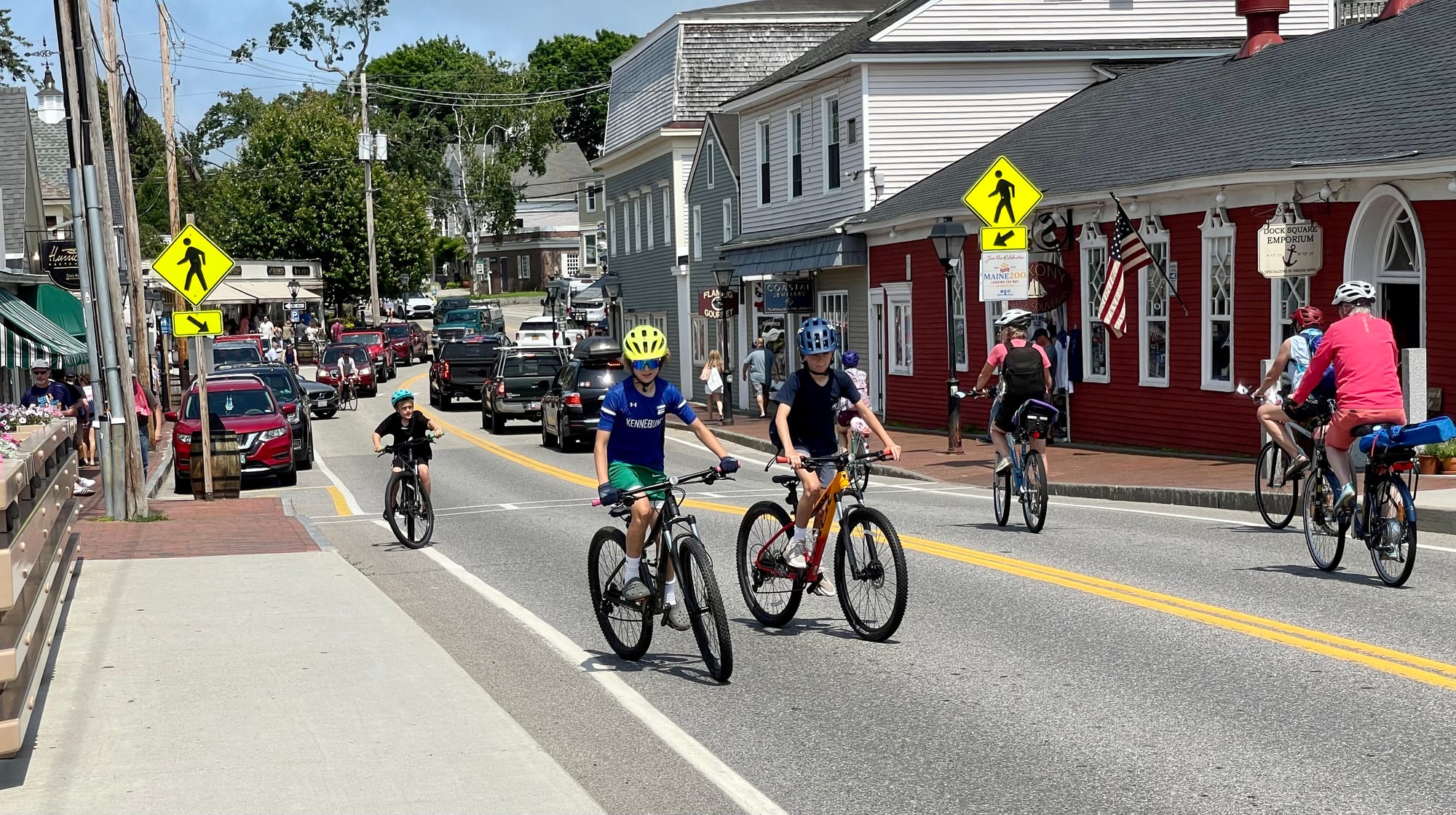
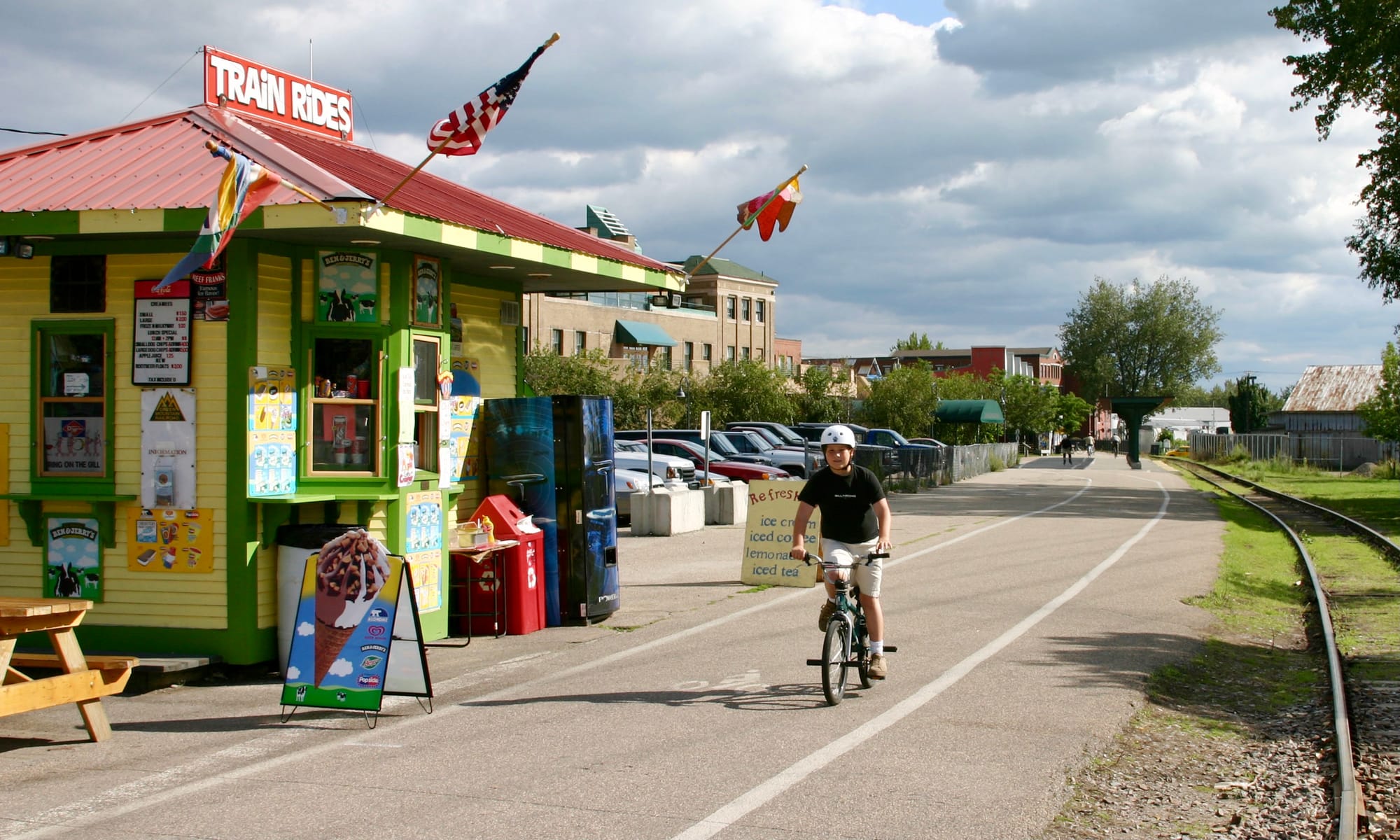
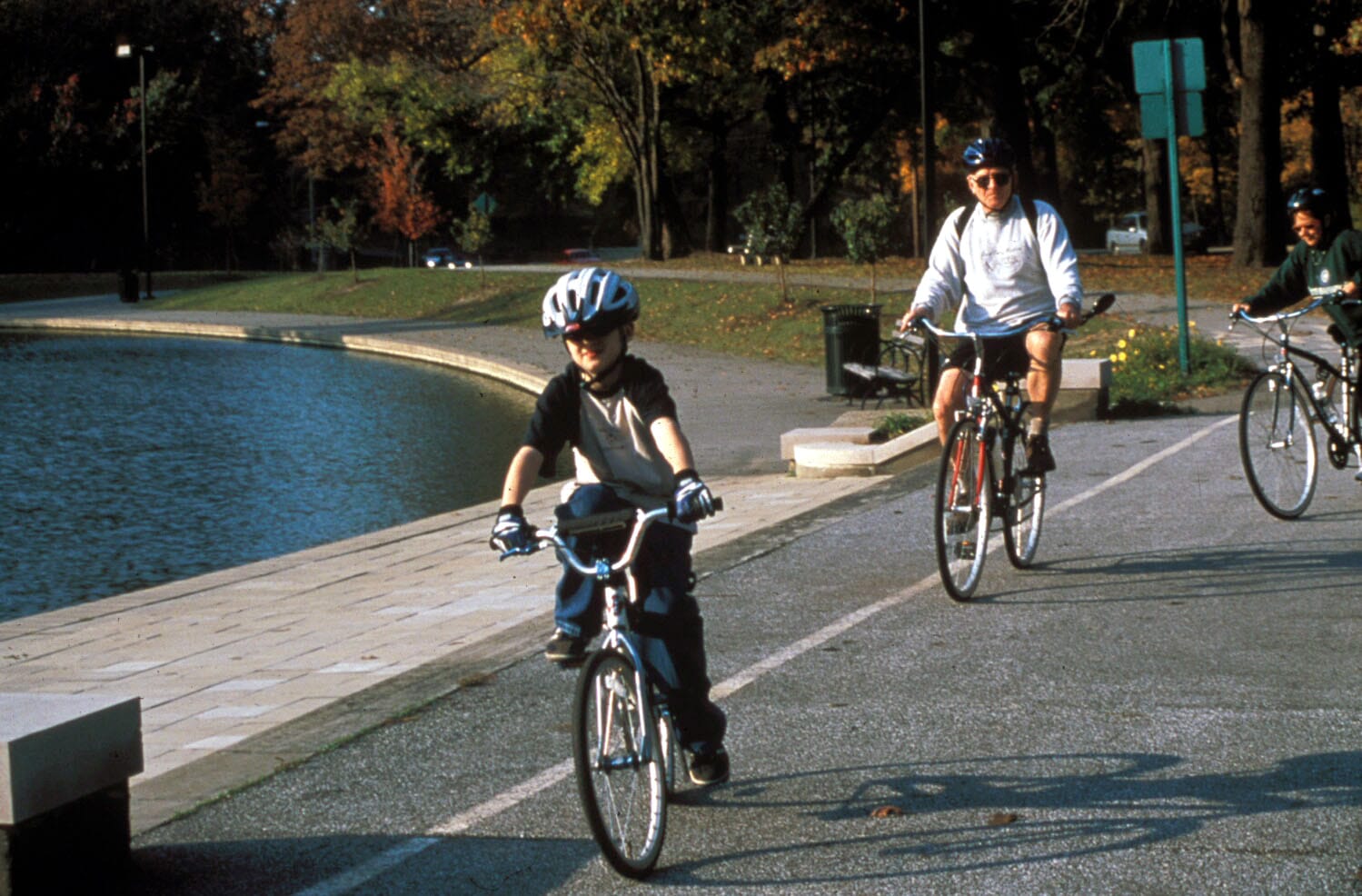
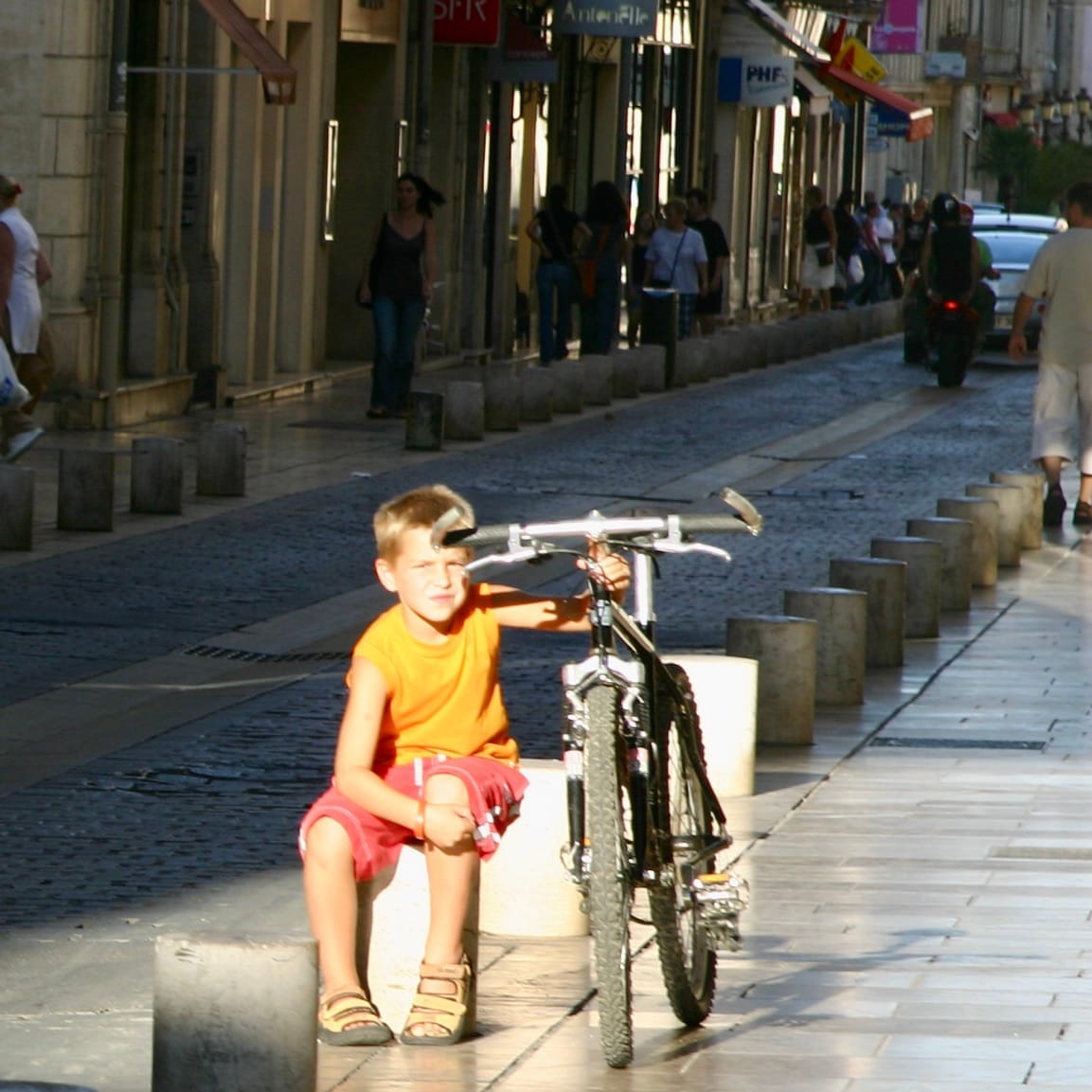
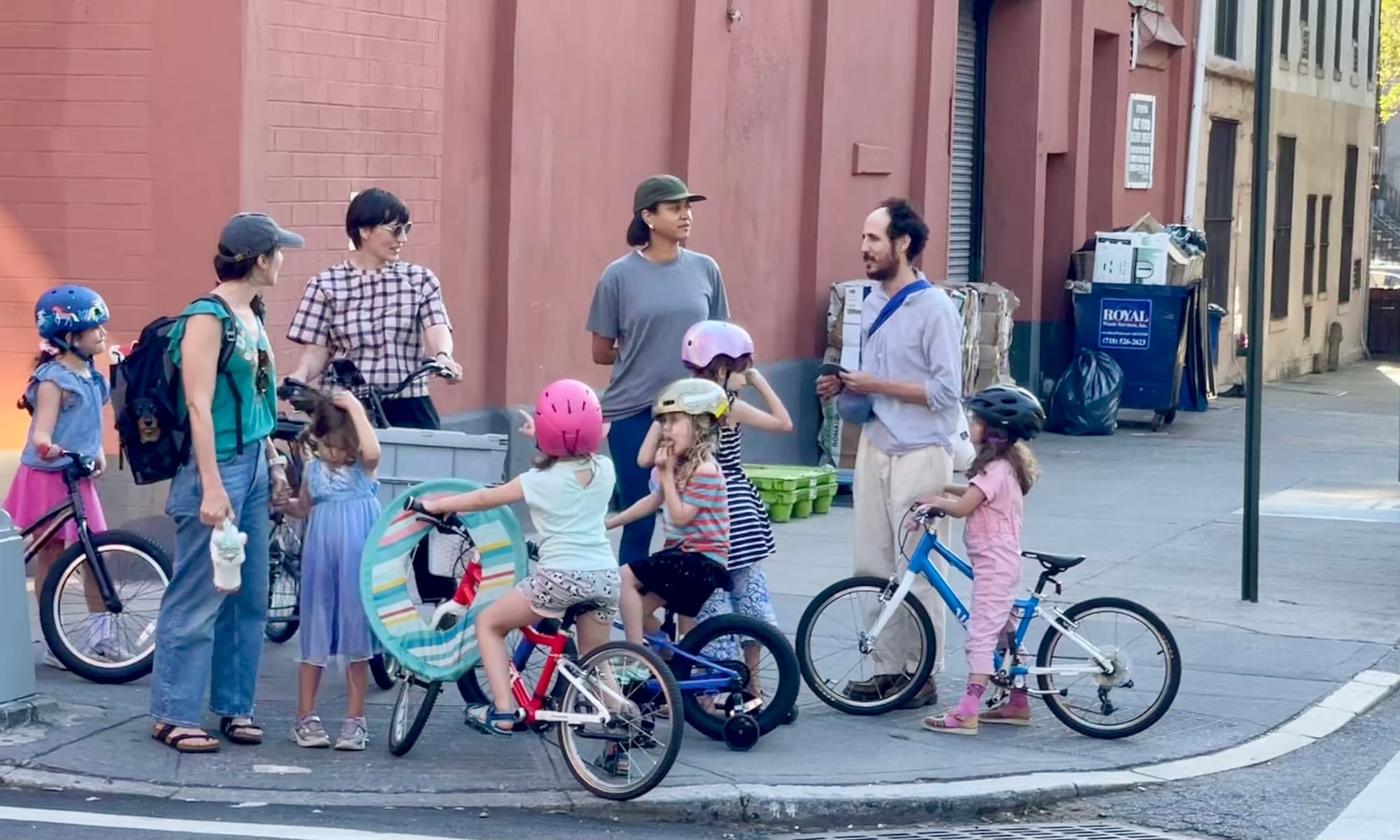
Couples
There's something romantic about seeing the sights and lights of the city rushing past and feeling the wind in your hair as you ride a bike. Experiencing these moments together is perfect for two people in love. Bicycles also offer a more fun way to spend time together en route to running errands and going to work, turning the commute into a date in itself.
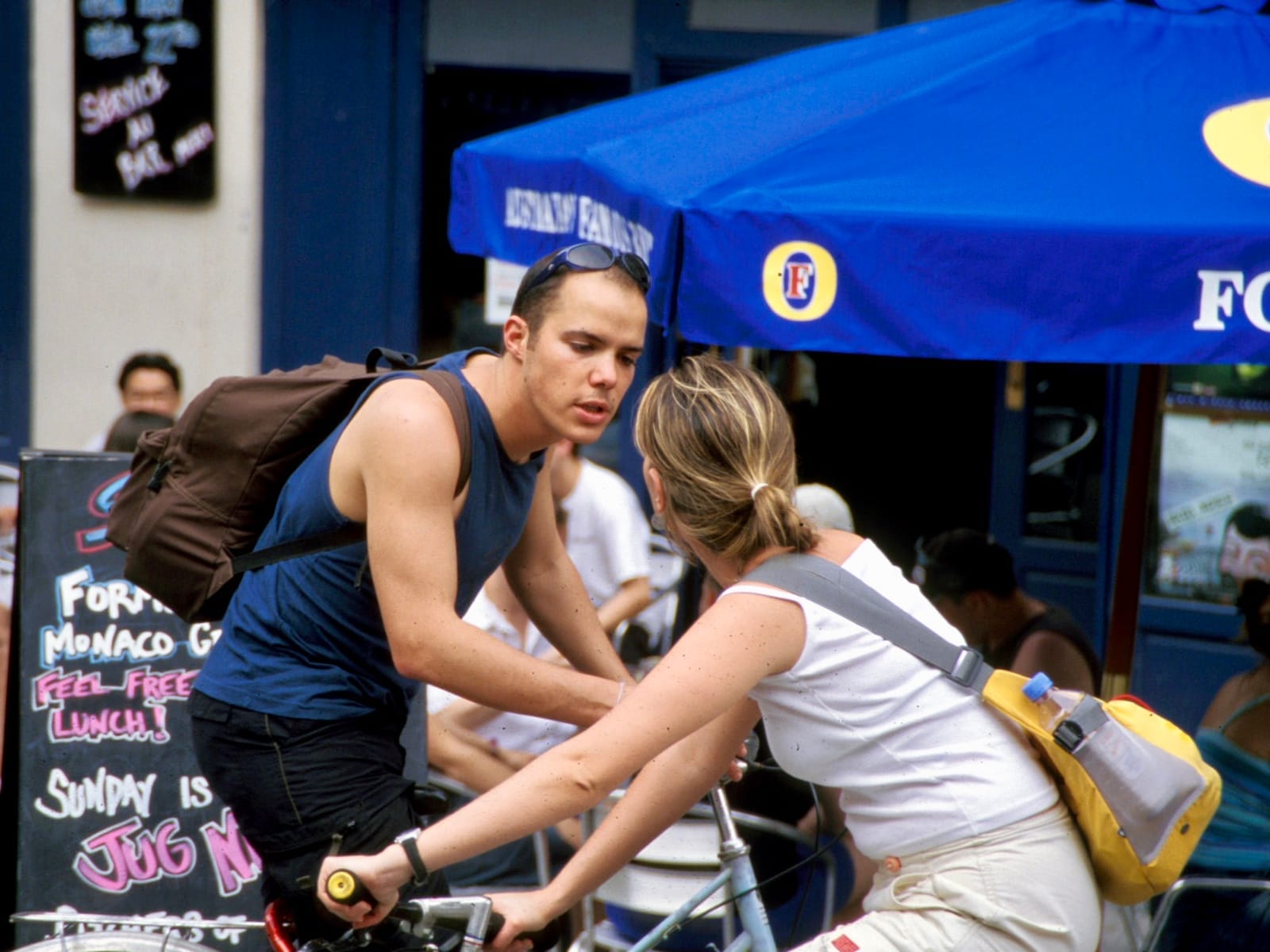
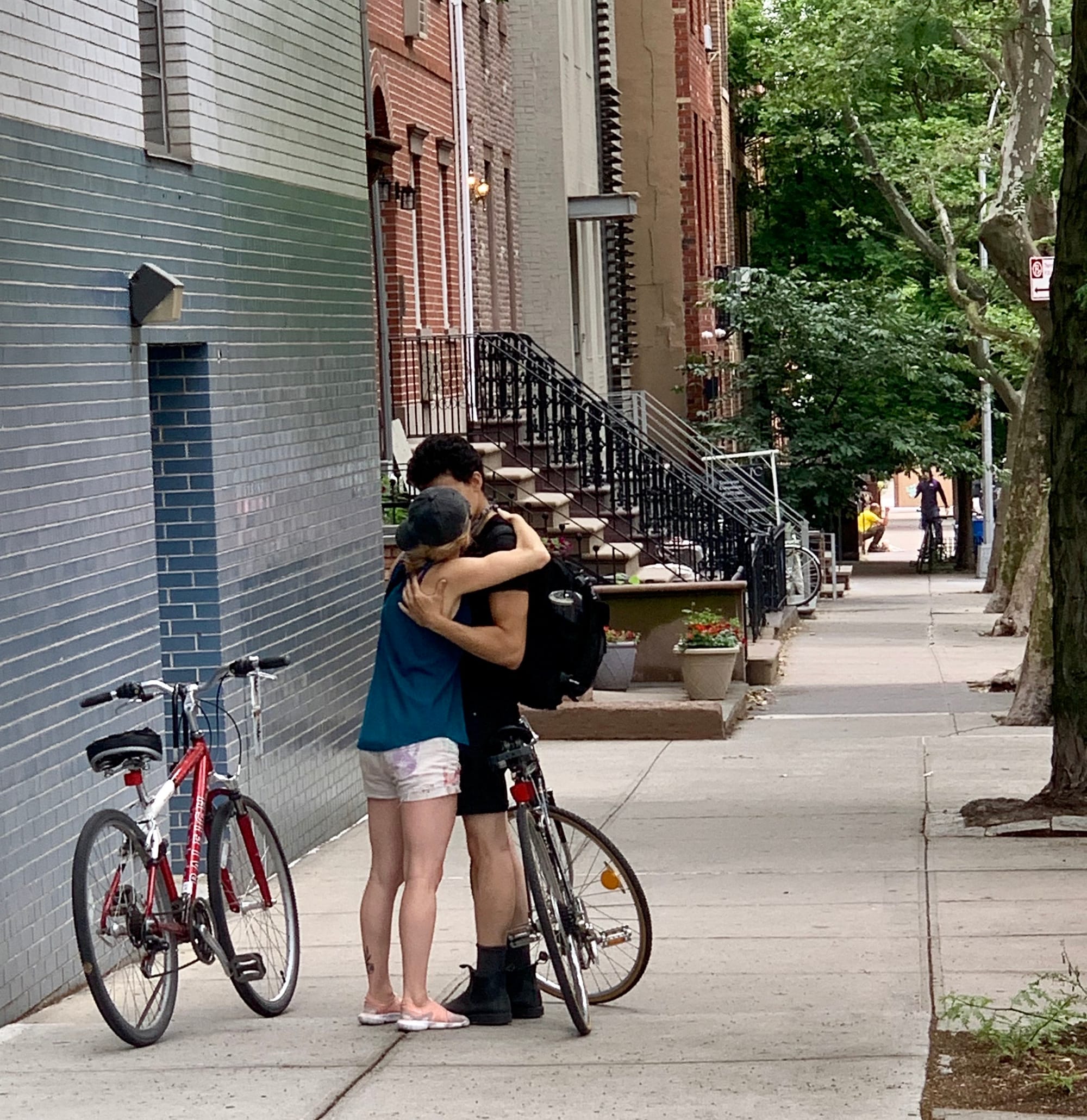
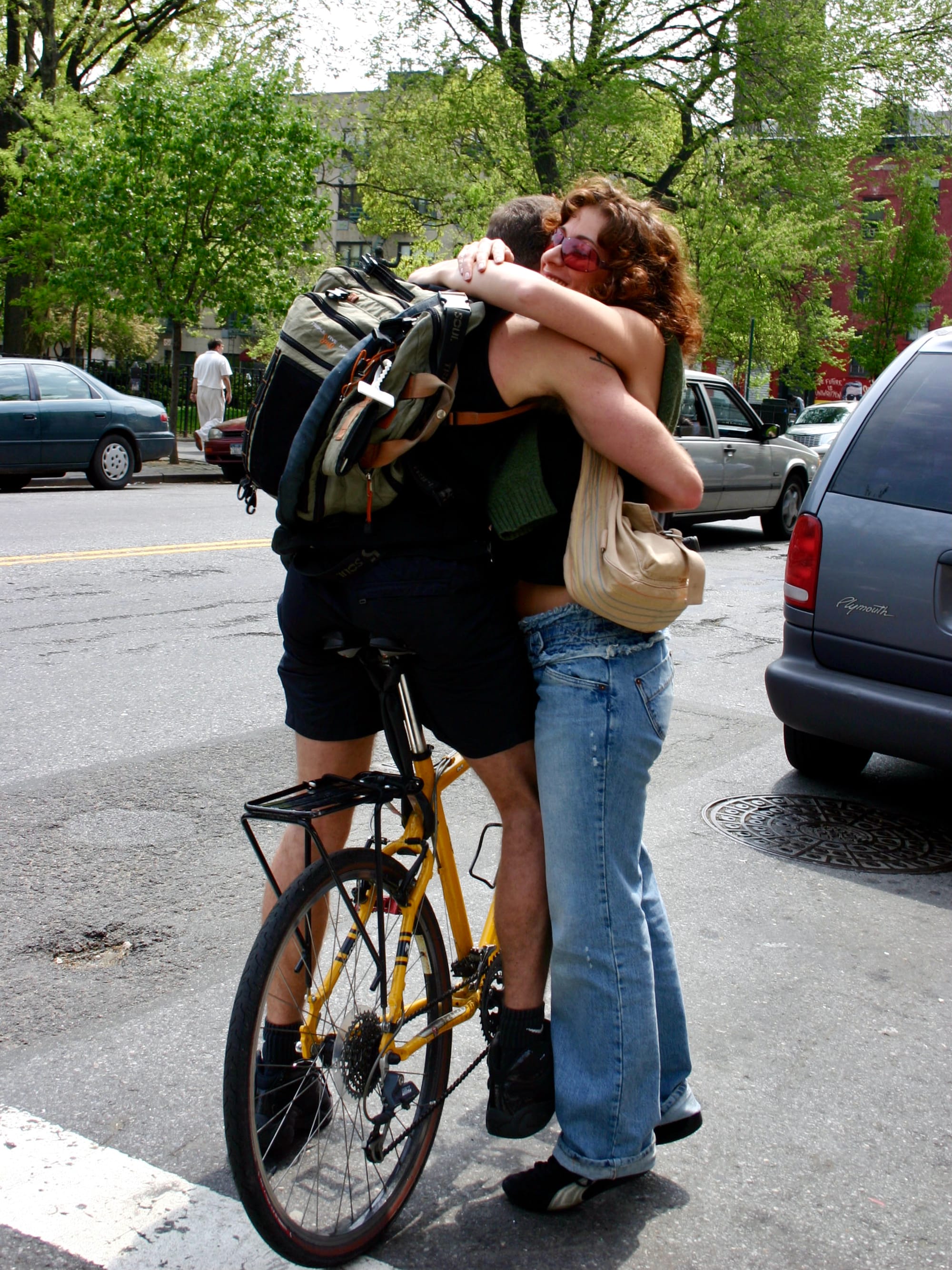

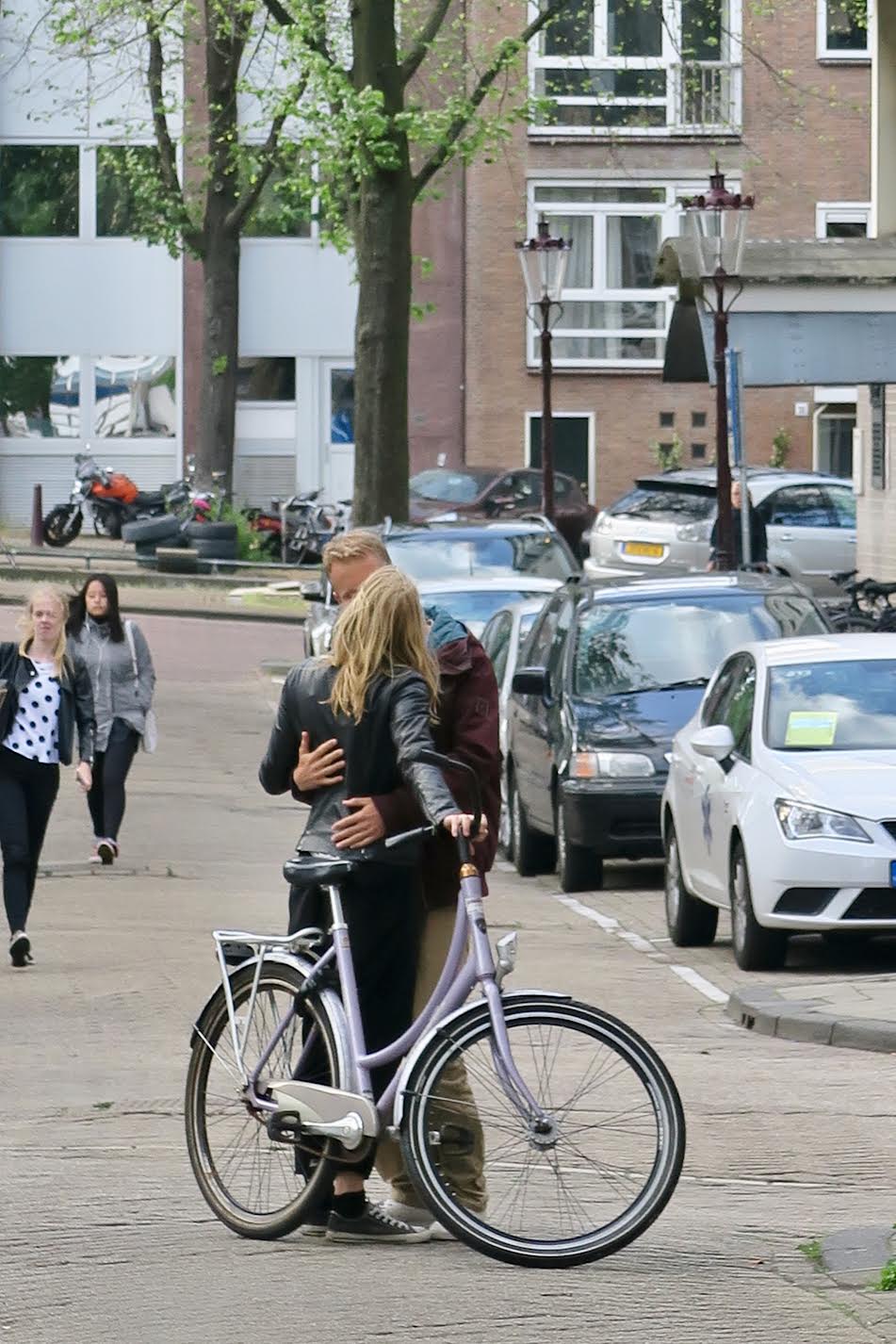
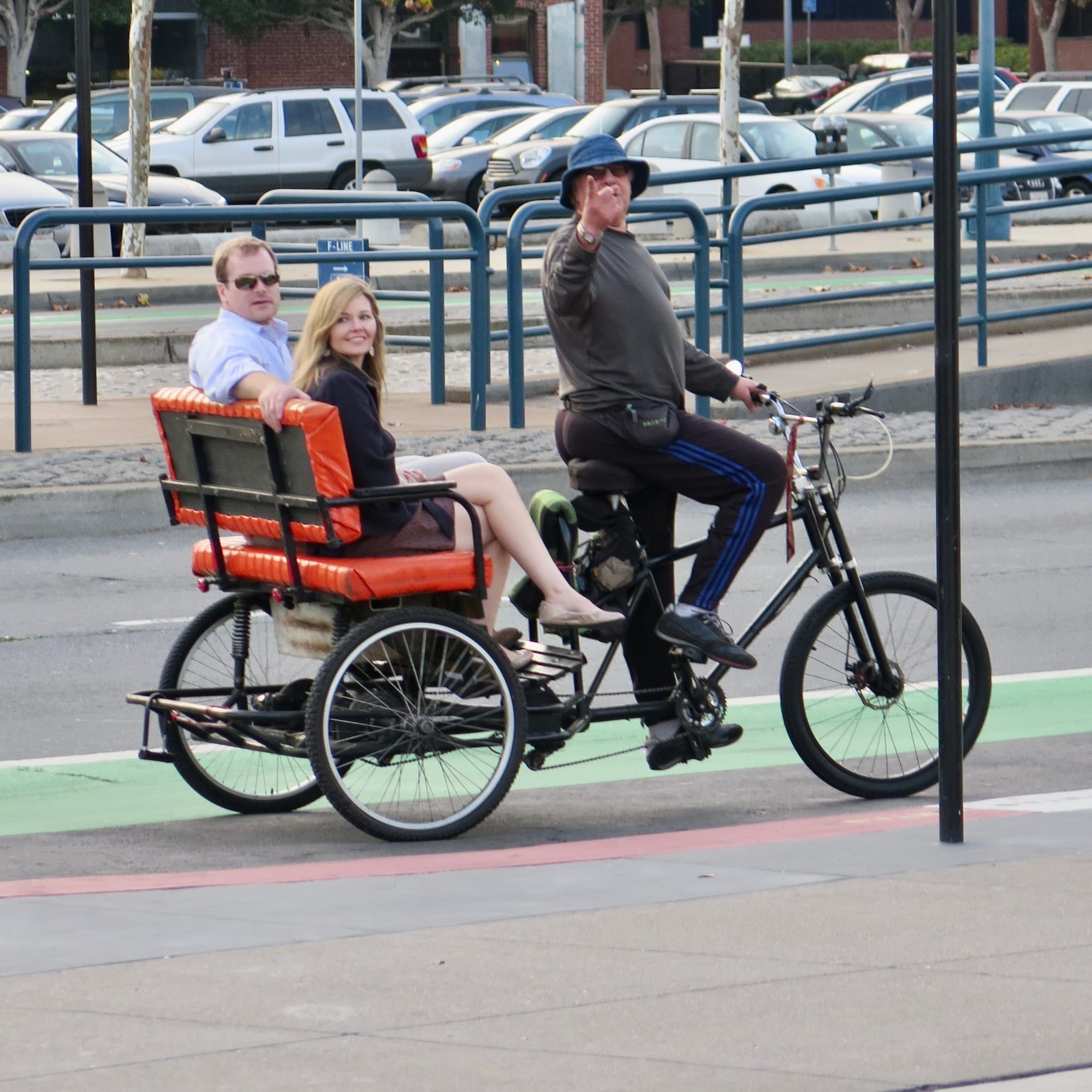
Families
The versatility of bicycles is perfect for families. Whether it be with a child's seat in the back or via cargo bike, transporting children on bicycles is not only a breeze, it's a fun adventure. Being on the road and around the city together in this dynamic way is a great way to bond with loved ones and make memories. It's also a great way to show children their community and help them develop a sense of familiarity and attachment to it.
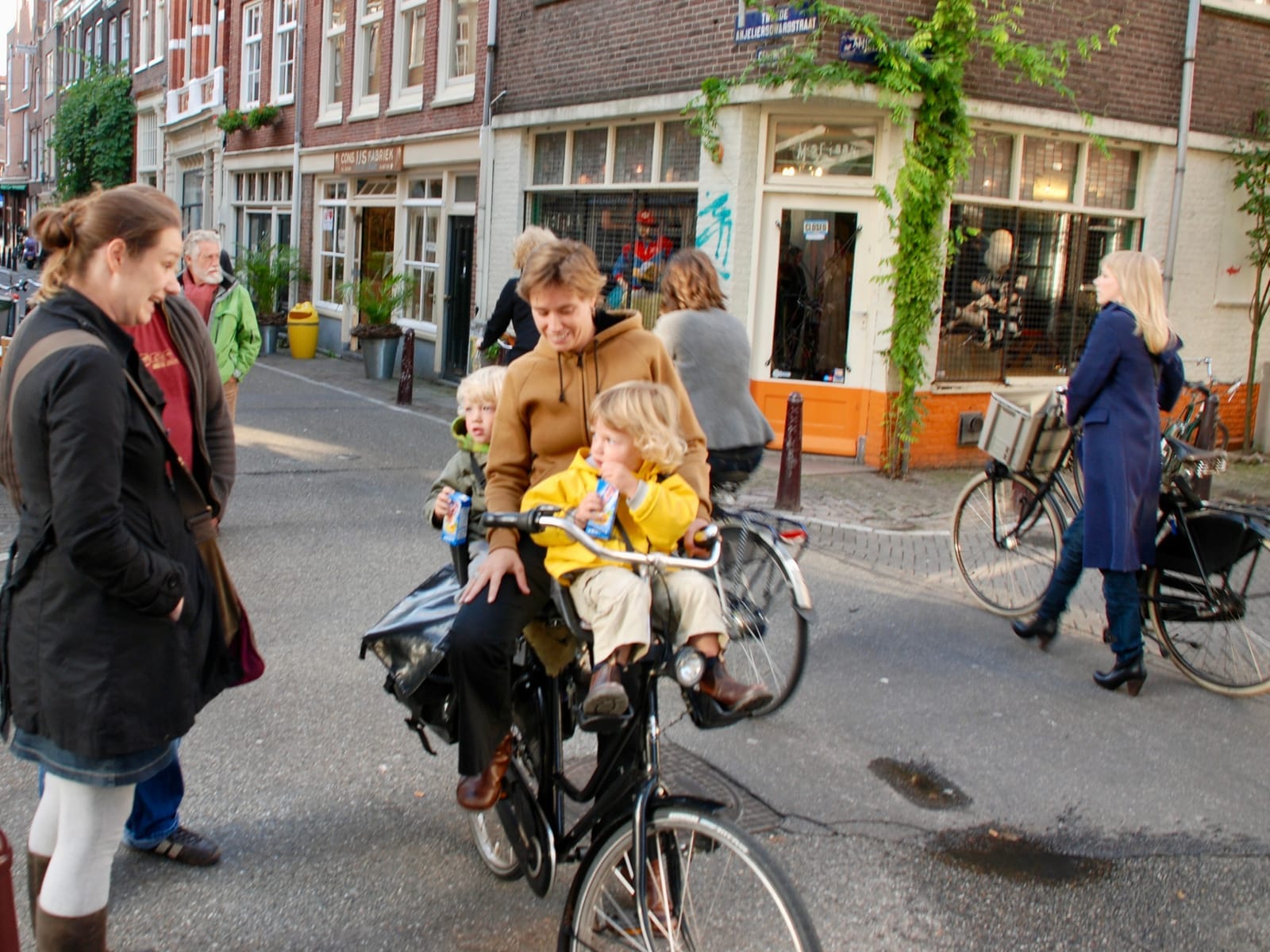
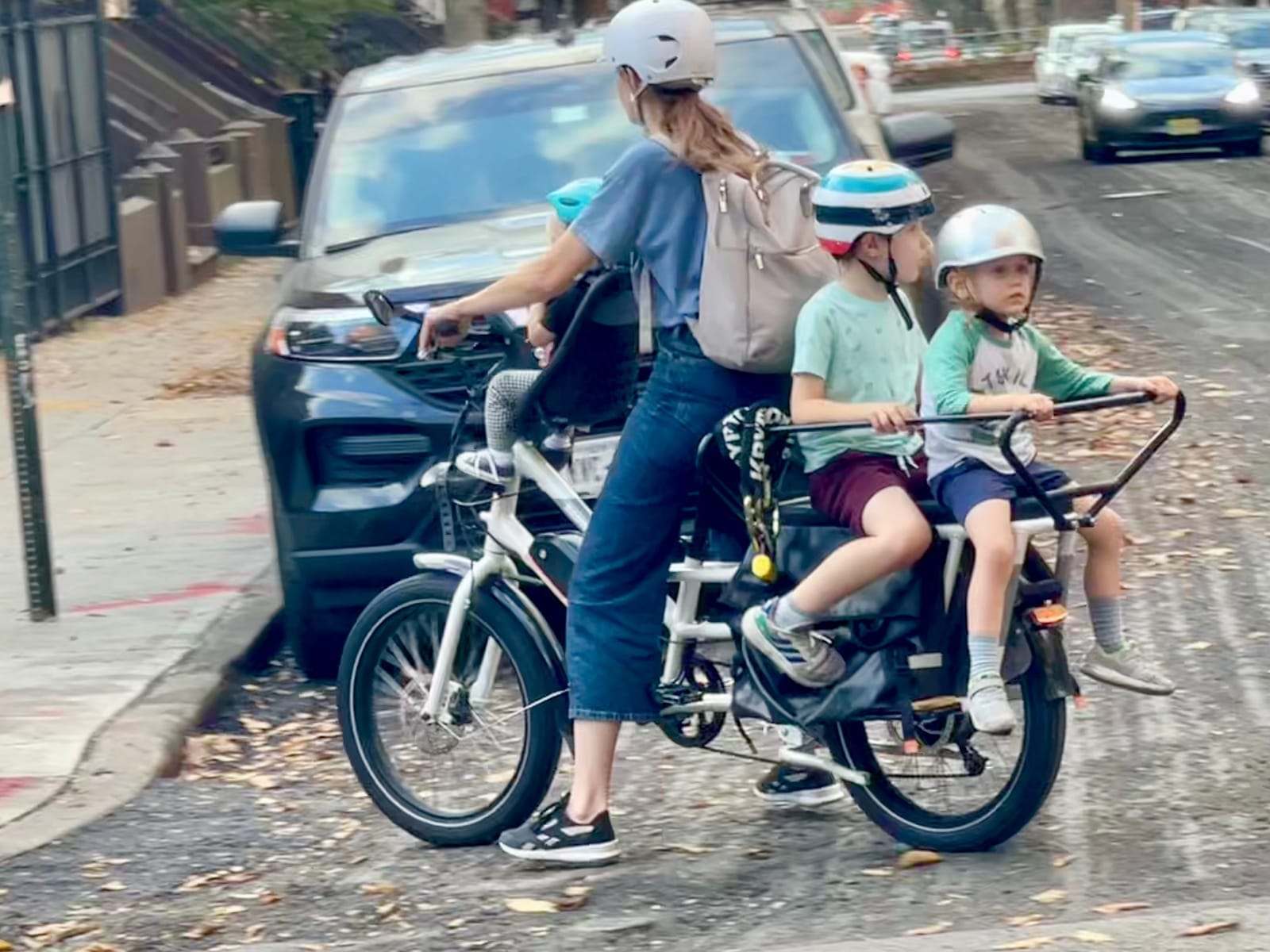
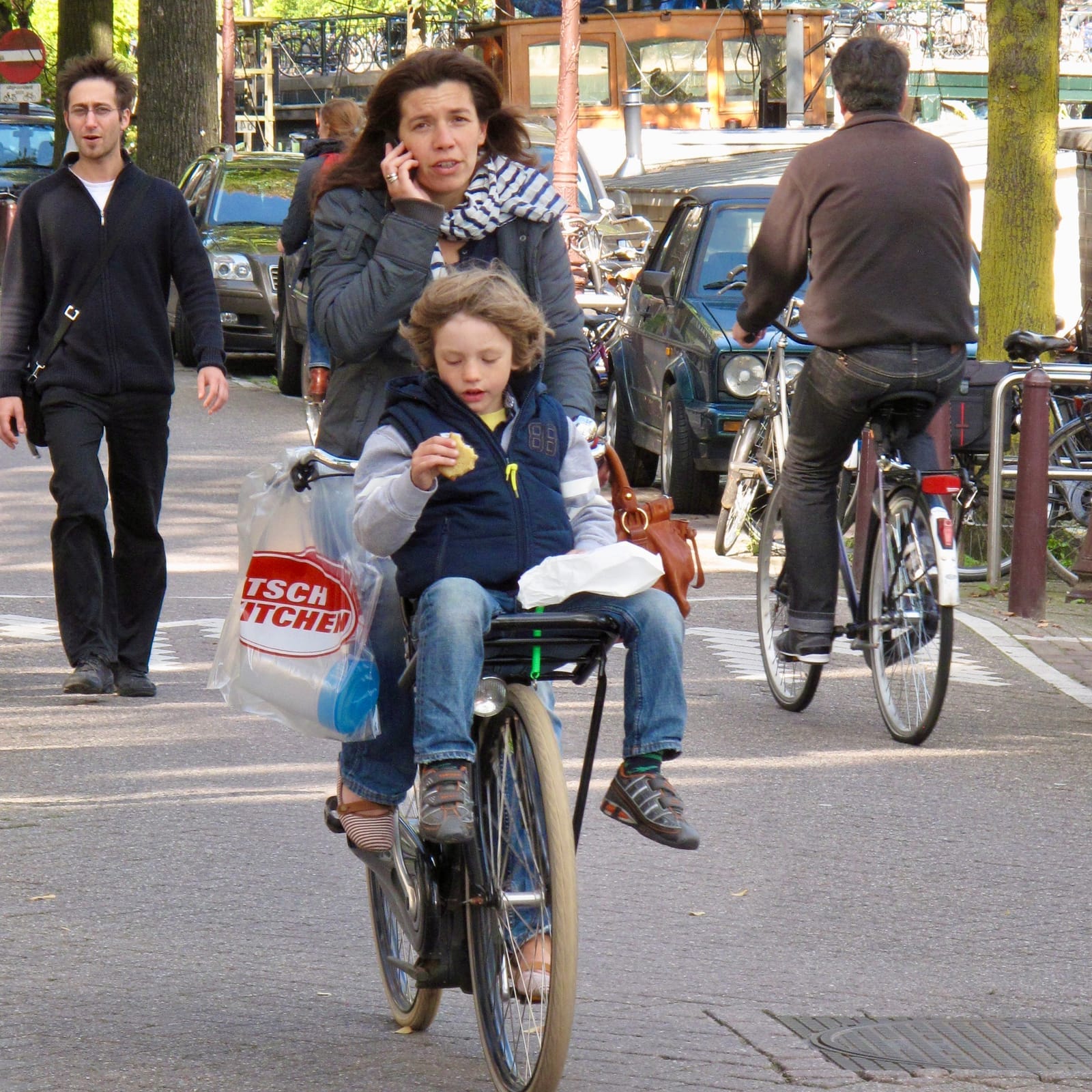
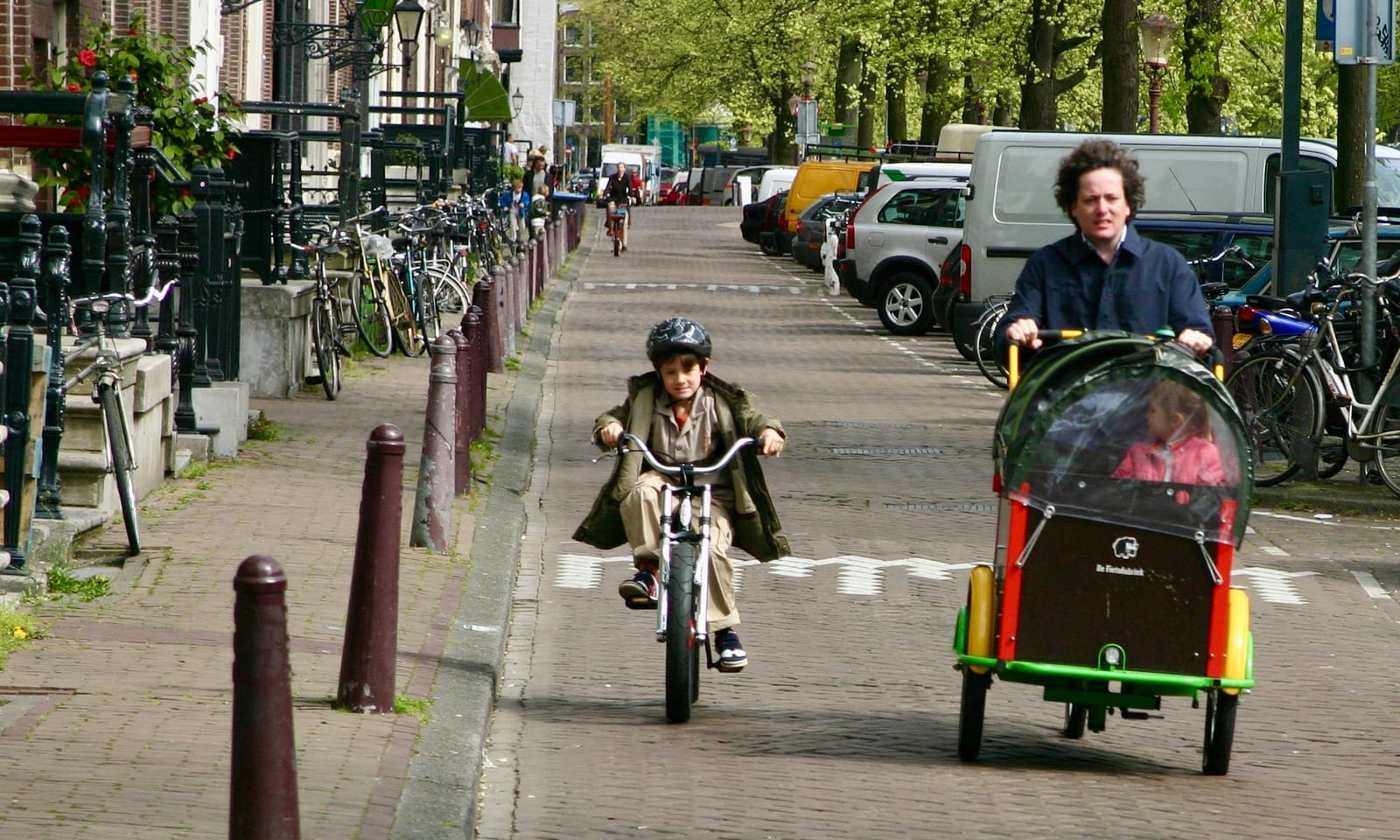
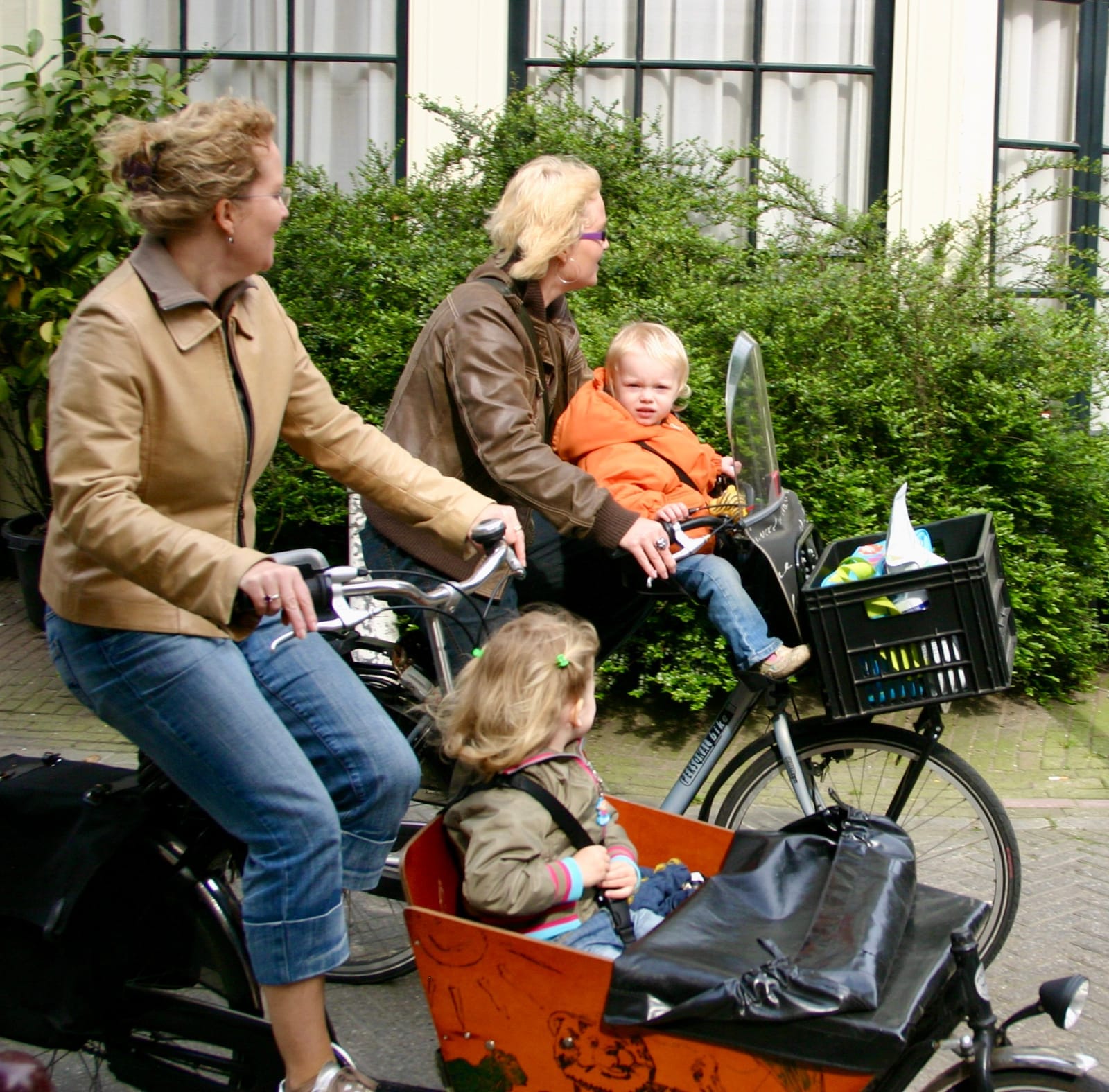

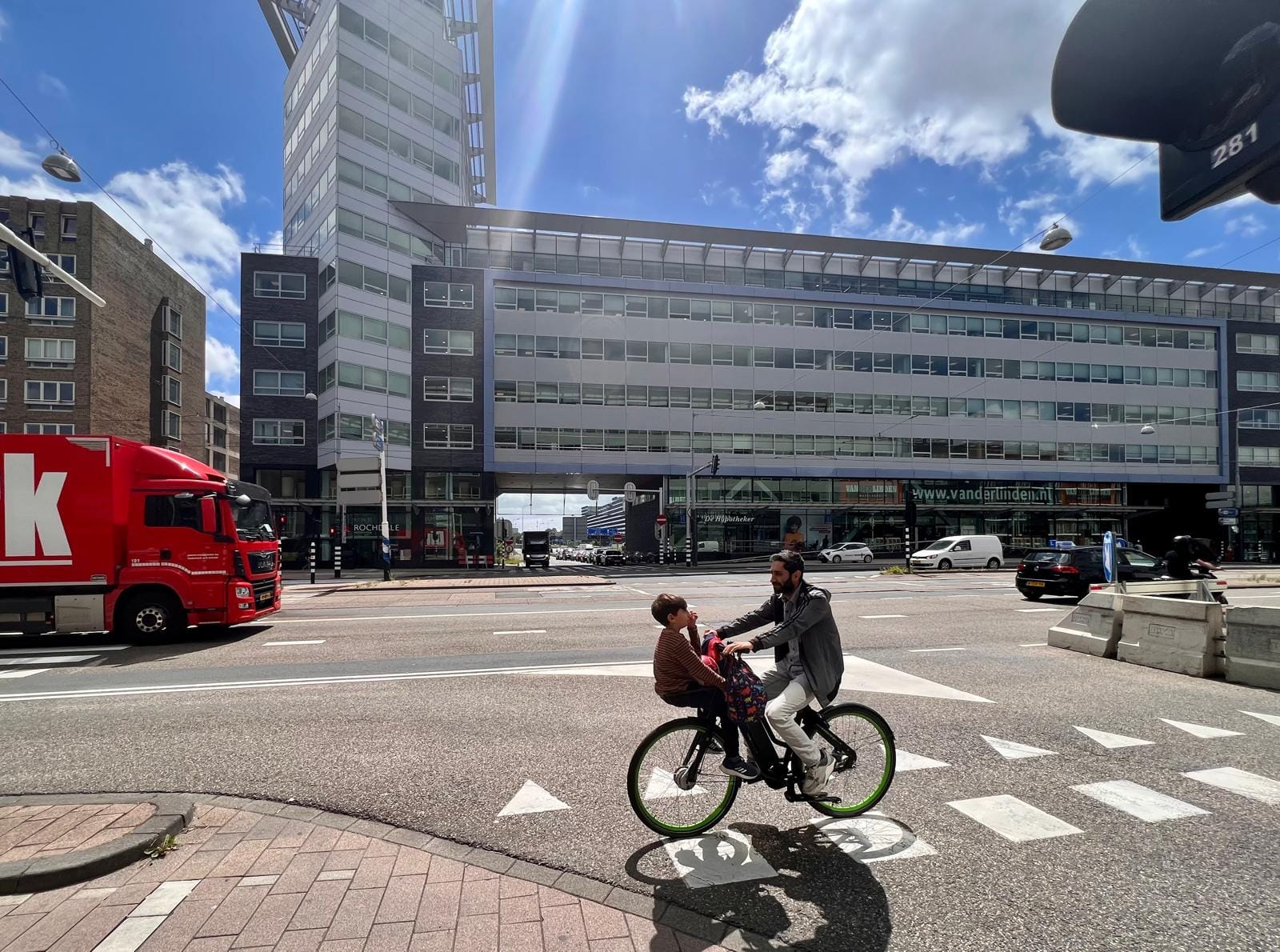

Seniors
People mistakenly believe that bikes aren't for the senior crowd. Why not? When cycling is safe and convenient because a city is designed to be bike-friendly, everyone feels encouraged to jump on and take a ride, seniors included. Not only that, but cycling keeps them fit and healthy and allows them to retain their mobility, independence, and social lives even in their later years.
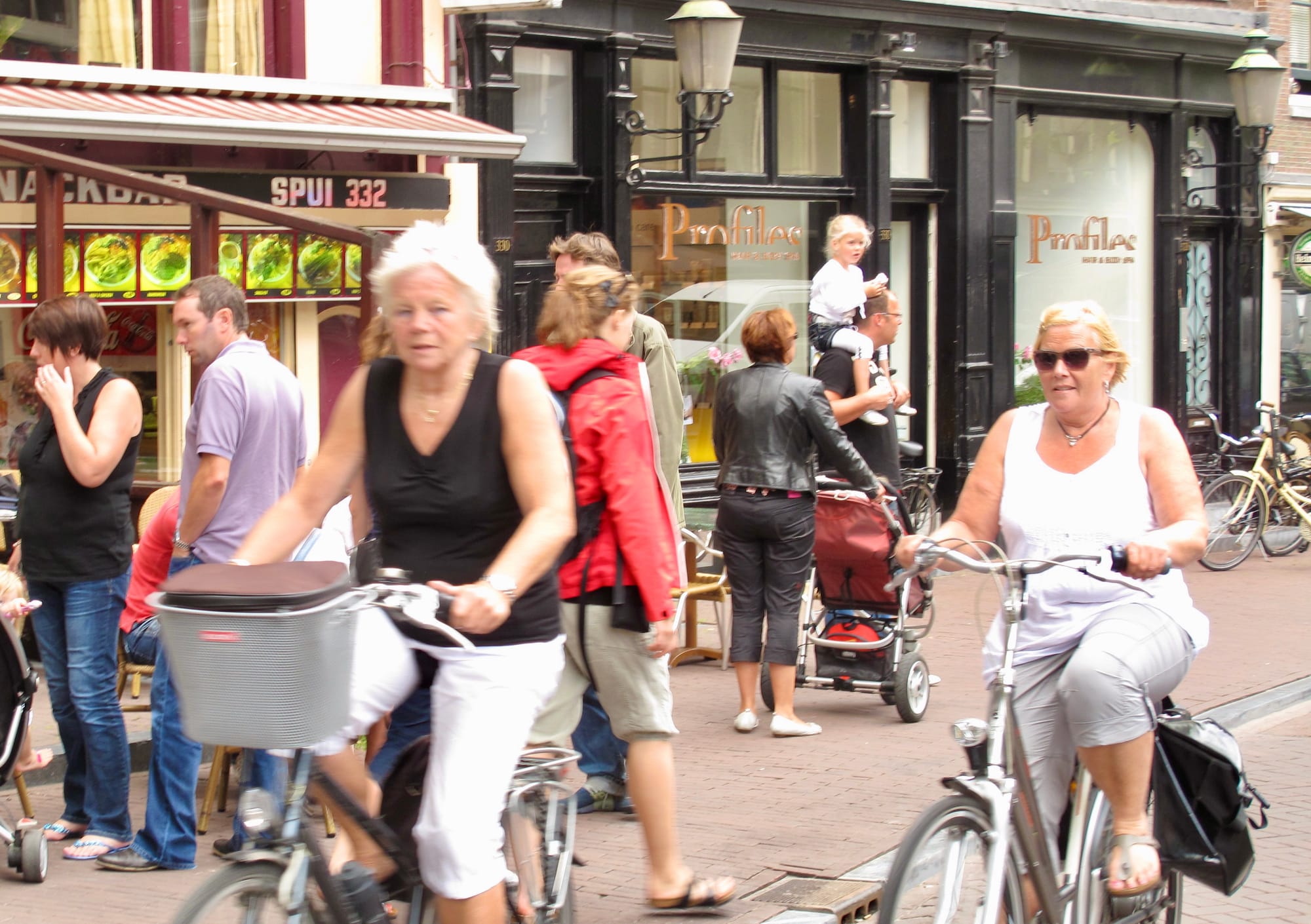
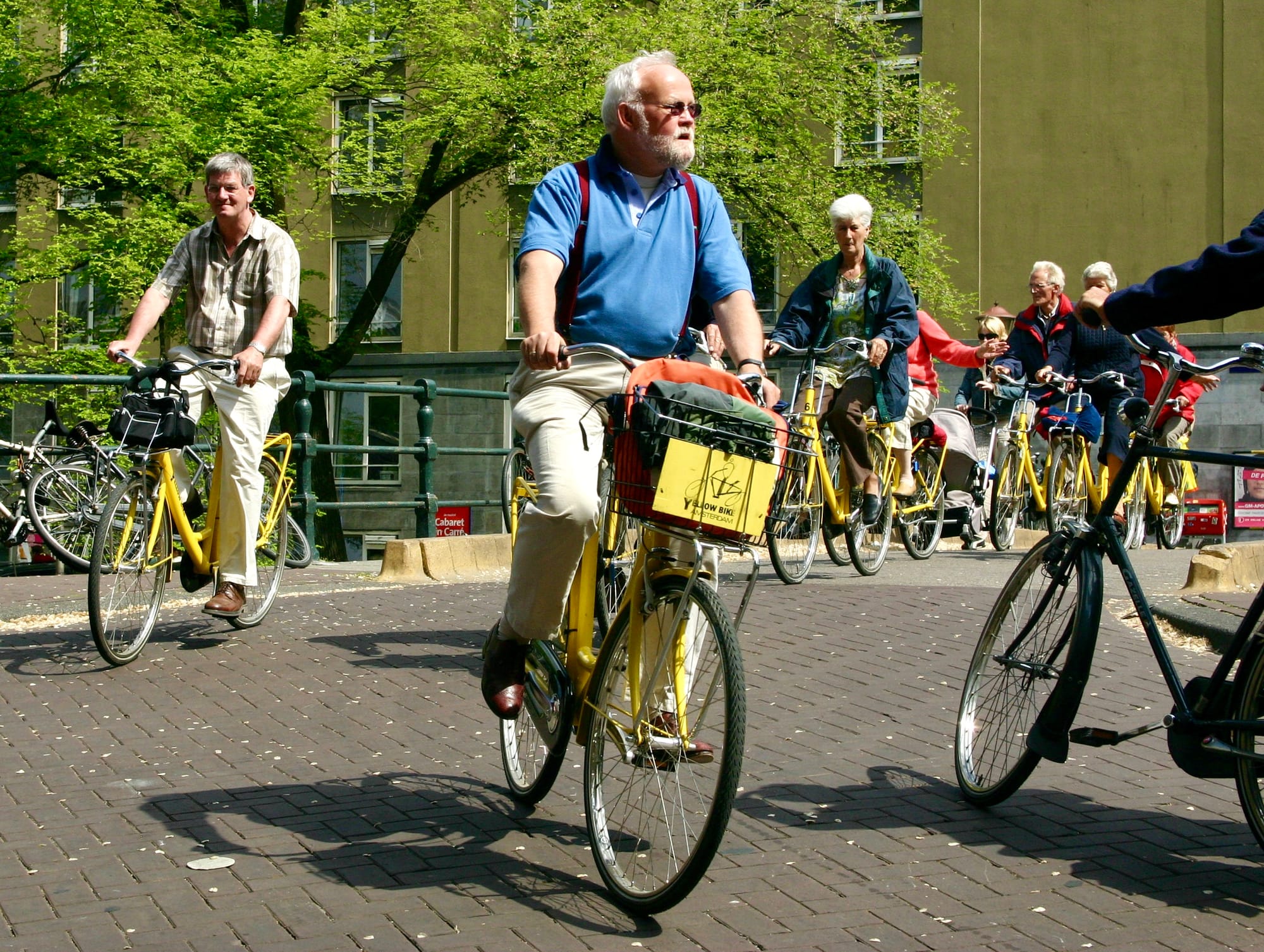
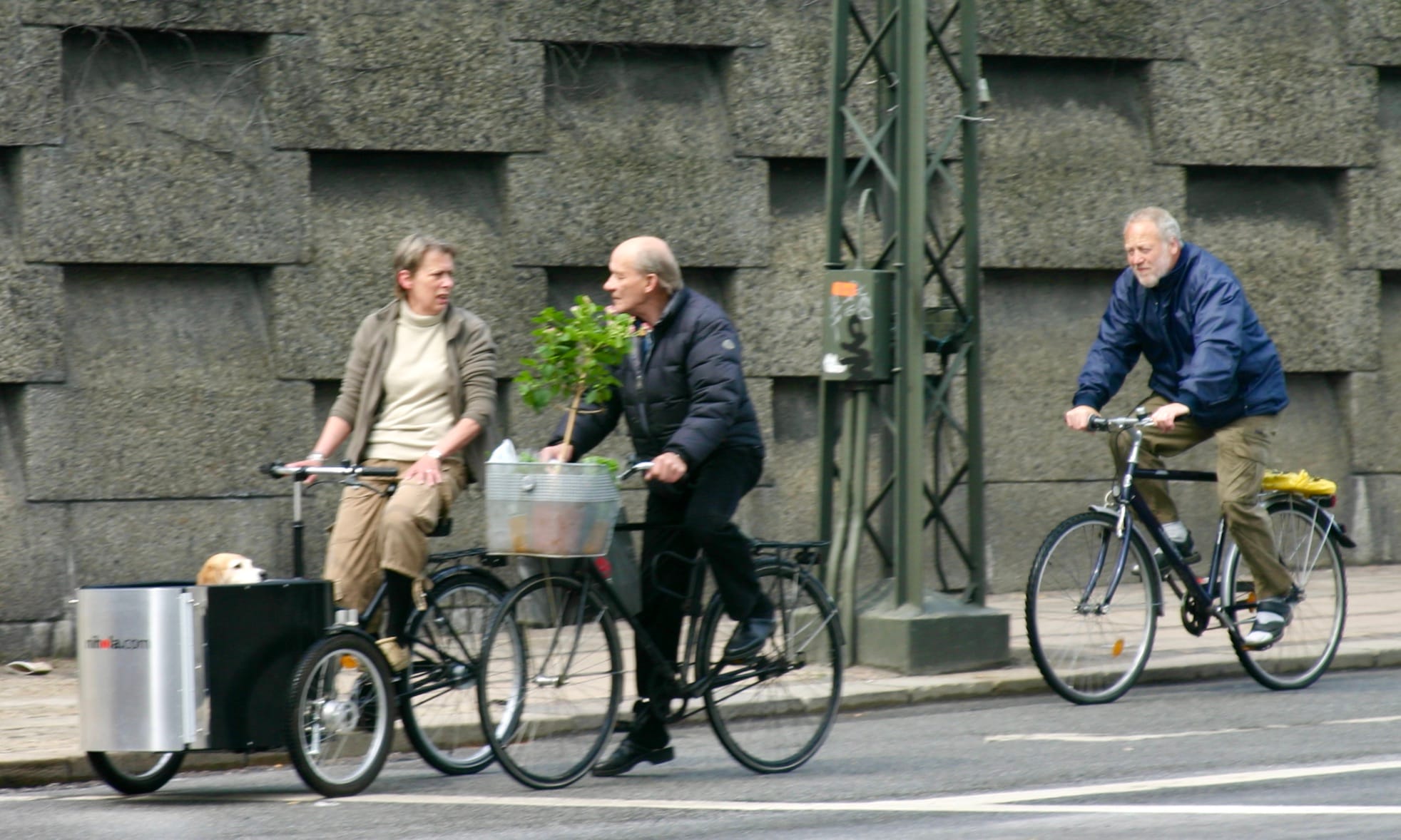


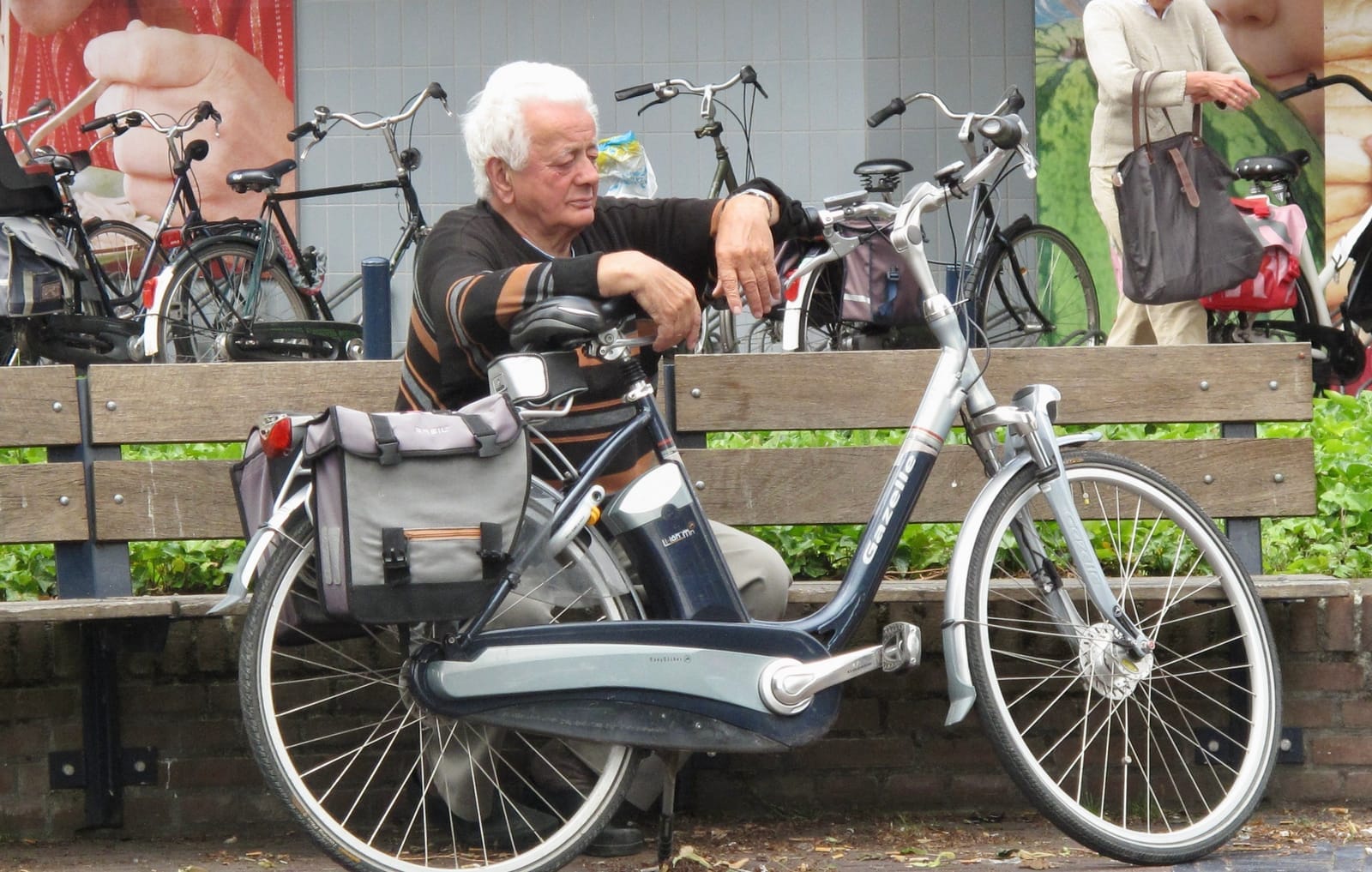
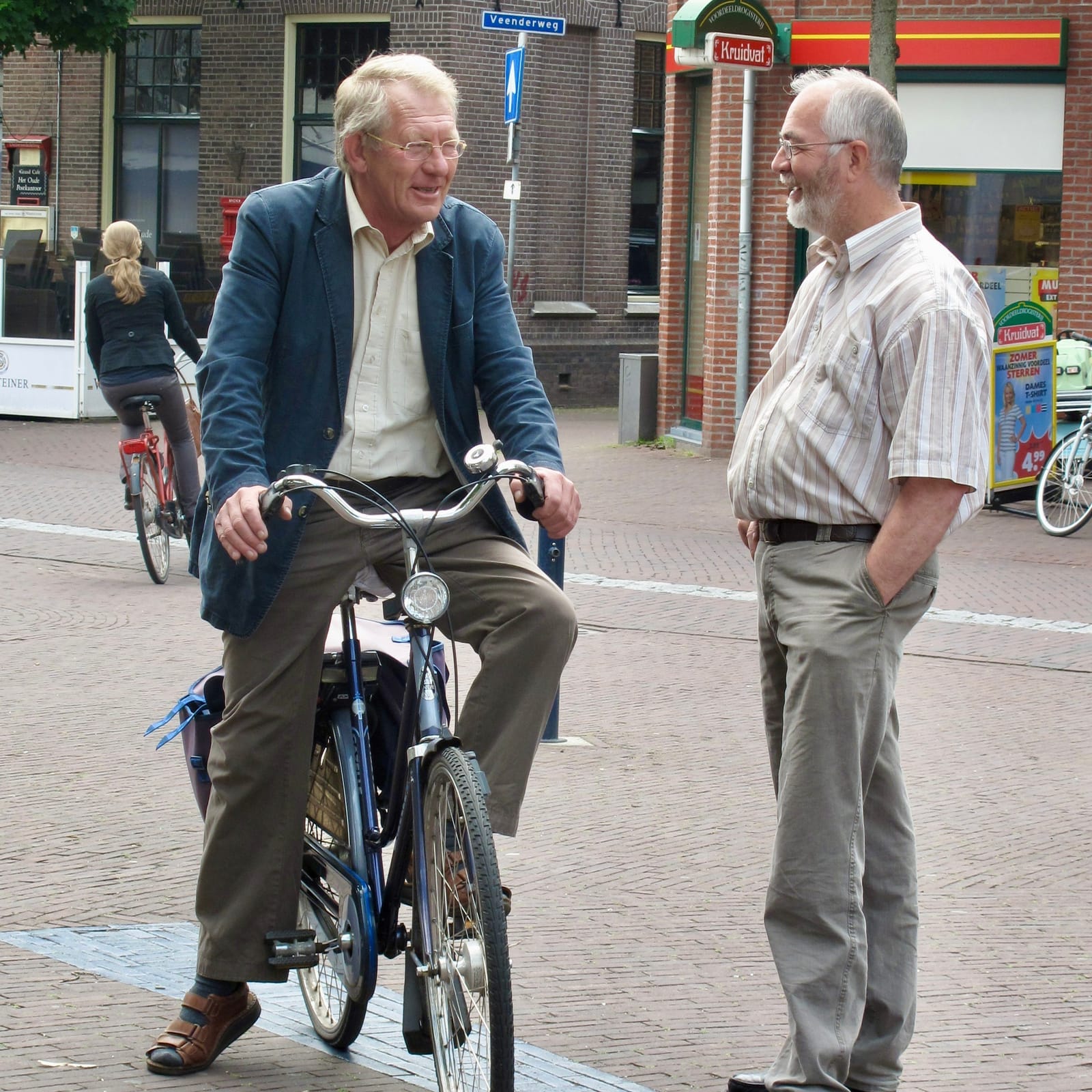
Protesters
Cyclists are the perfect group to take part in civic engagement. Their bikes make it easy for them to go and protest wherever action is needed and to flow with the movement of crowds. Not only that, but sharing the road with cars makes them a vulnerable group and therefore passionate about making cities safer and better for everyone. Cyclists are among the strongest advocates for people-friendly cities.

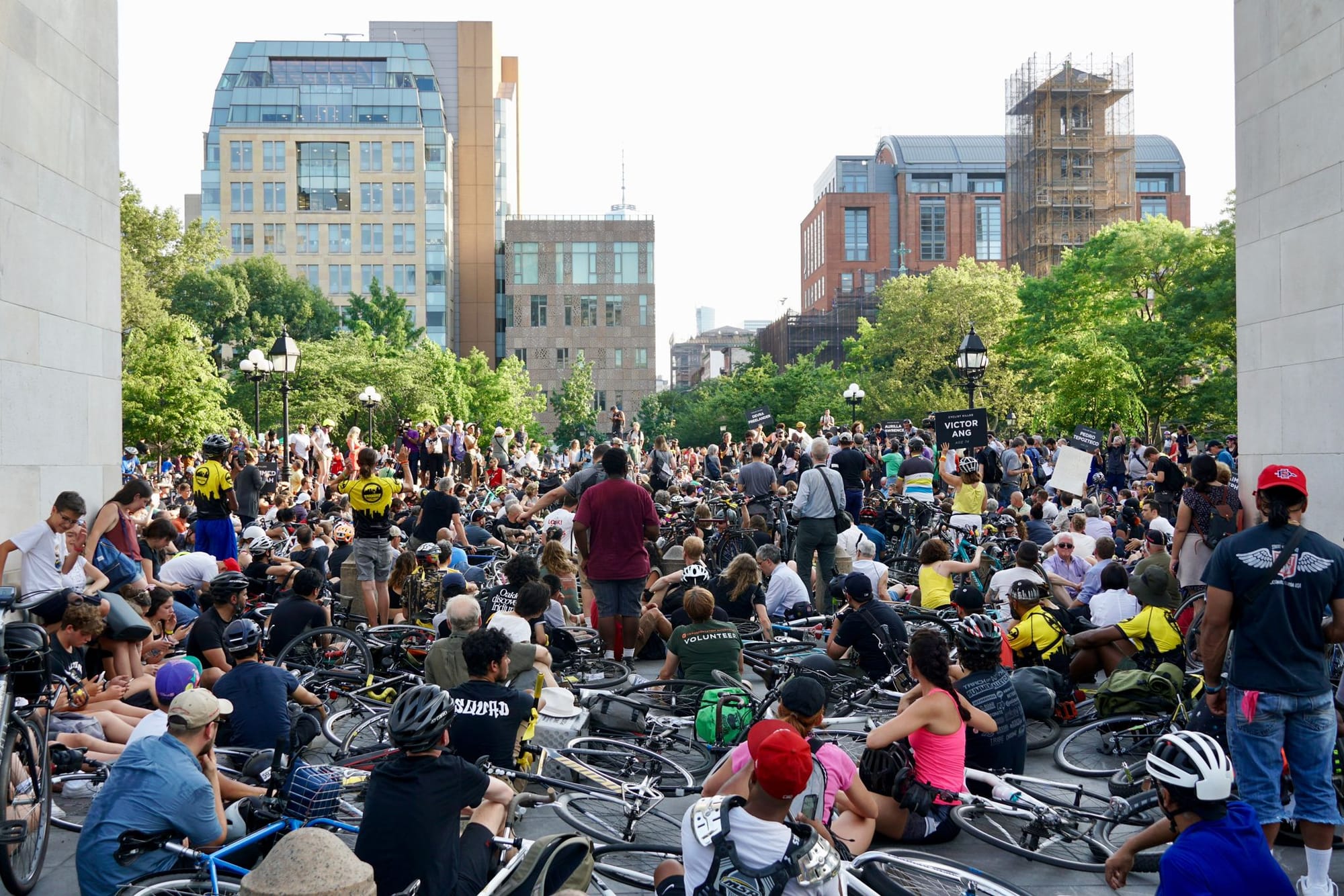
Demonstrations advocating for road safety in New York City. Photos: Katherine Peinhardt
Pet owners
Why leave a beloved furry friend at home when you head out of the house? Many cyclists don't, opting instead to strap their companions into a bike basket or cargo bike so they can join in on some fresh air fun. Dogs may love poking their head out the window of a car but no window at all is even better.
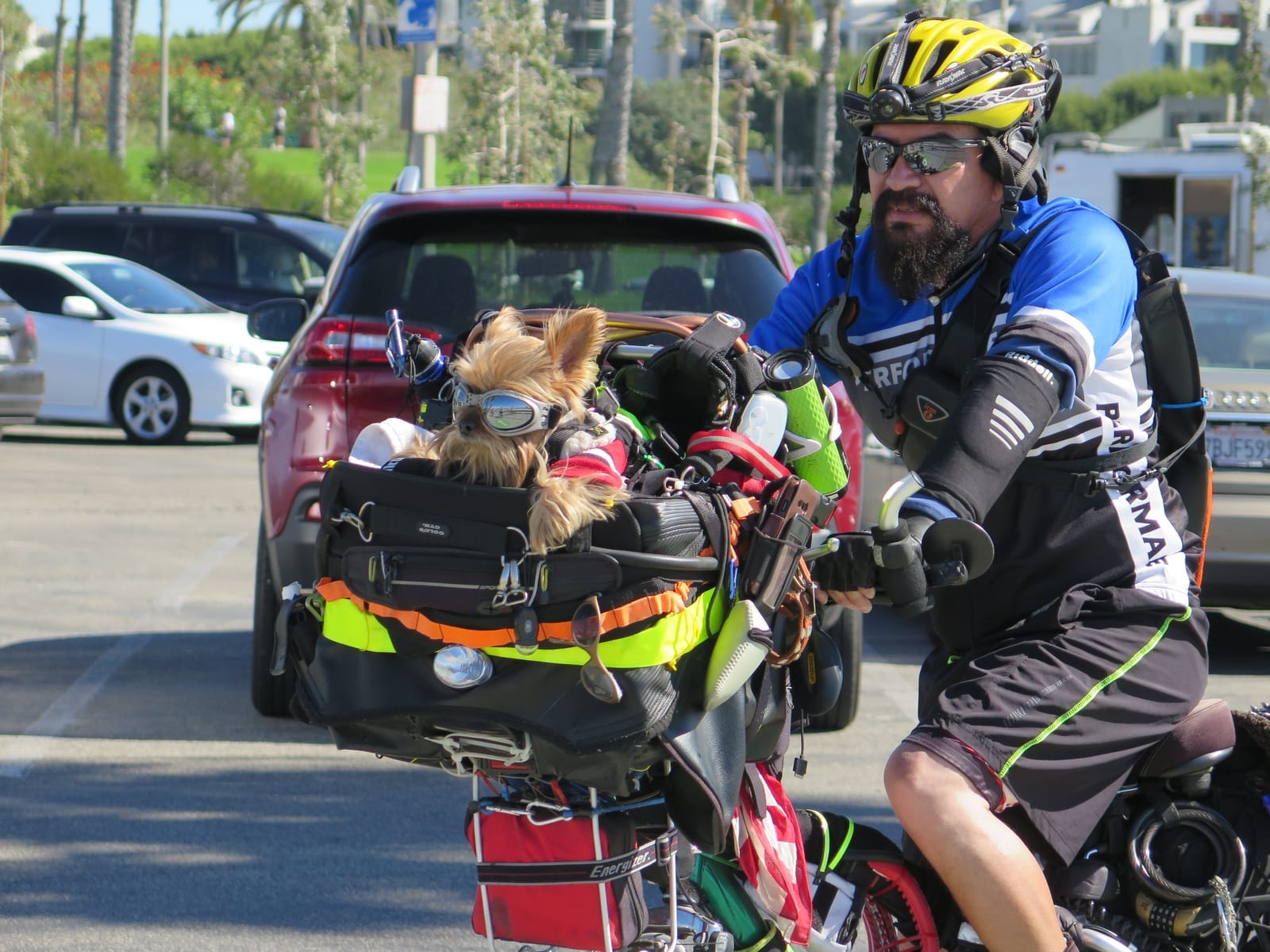
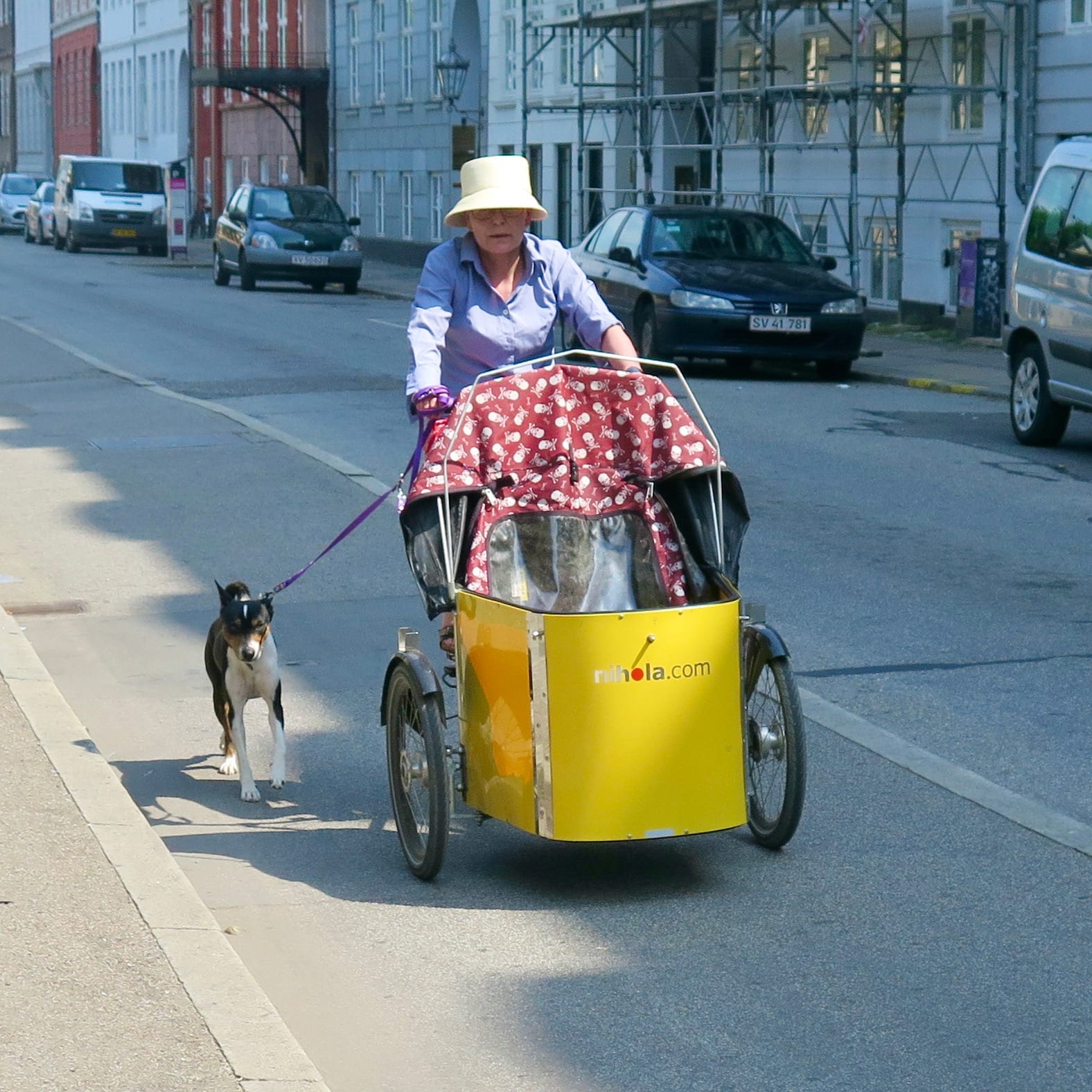

Bicycles are an incredible addition to urban life because they combine the ability of a car to navigate around a city quickly (while being safer and quieter) with the ability of pedestrians to engage with the city's goings on. Cyclists are not sealed away behind metal and glass, they are out in the open, able to take part in social life almost as well as pedestrians.
Because of this, bikes don't take away from the city experience like cars do by making it less enjoyable, they add to city life – enhancing its energy, character, and vibrancy. They create a culture that enriches the city and a community that flourishes within it, both for those riding atop the bike and those waving at them from the sidewalk.
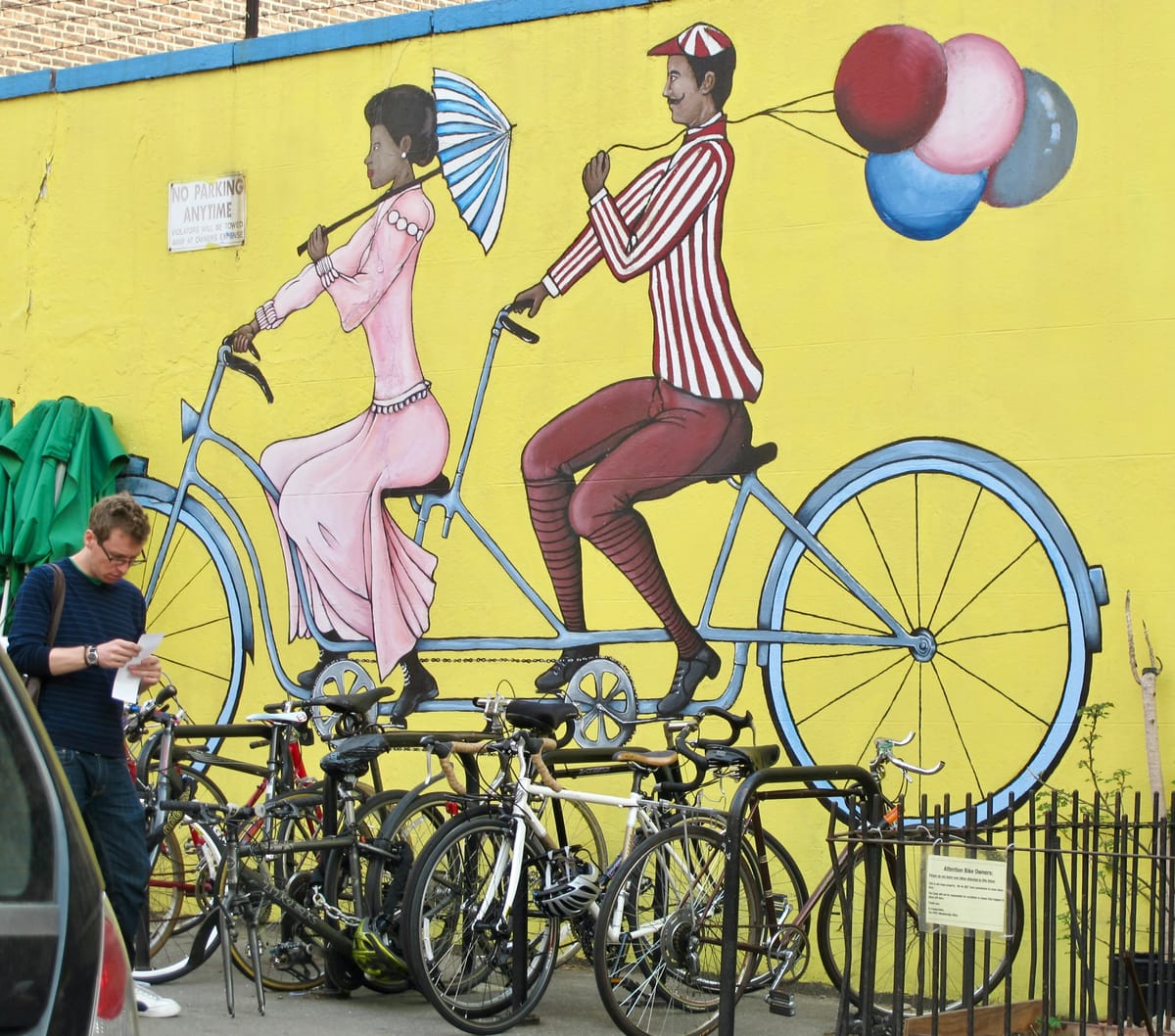
Social Life for All Series
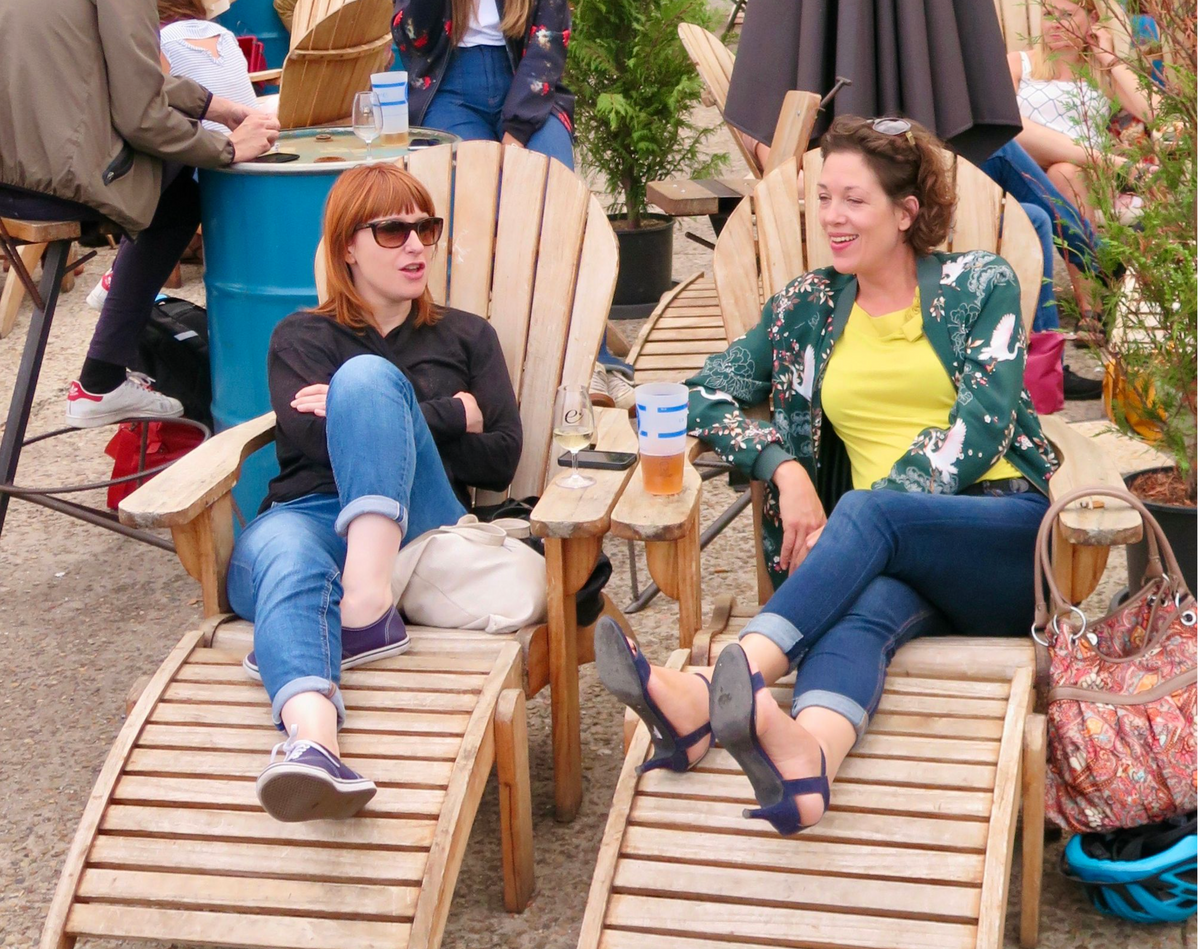
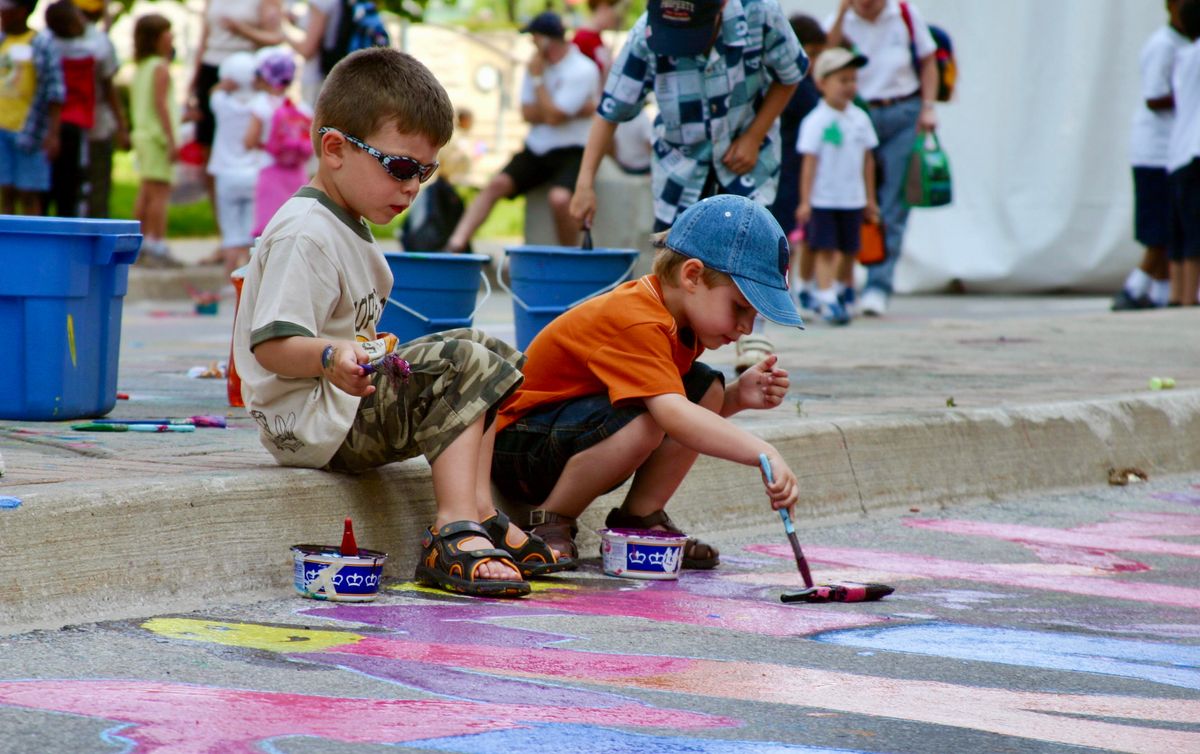
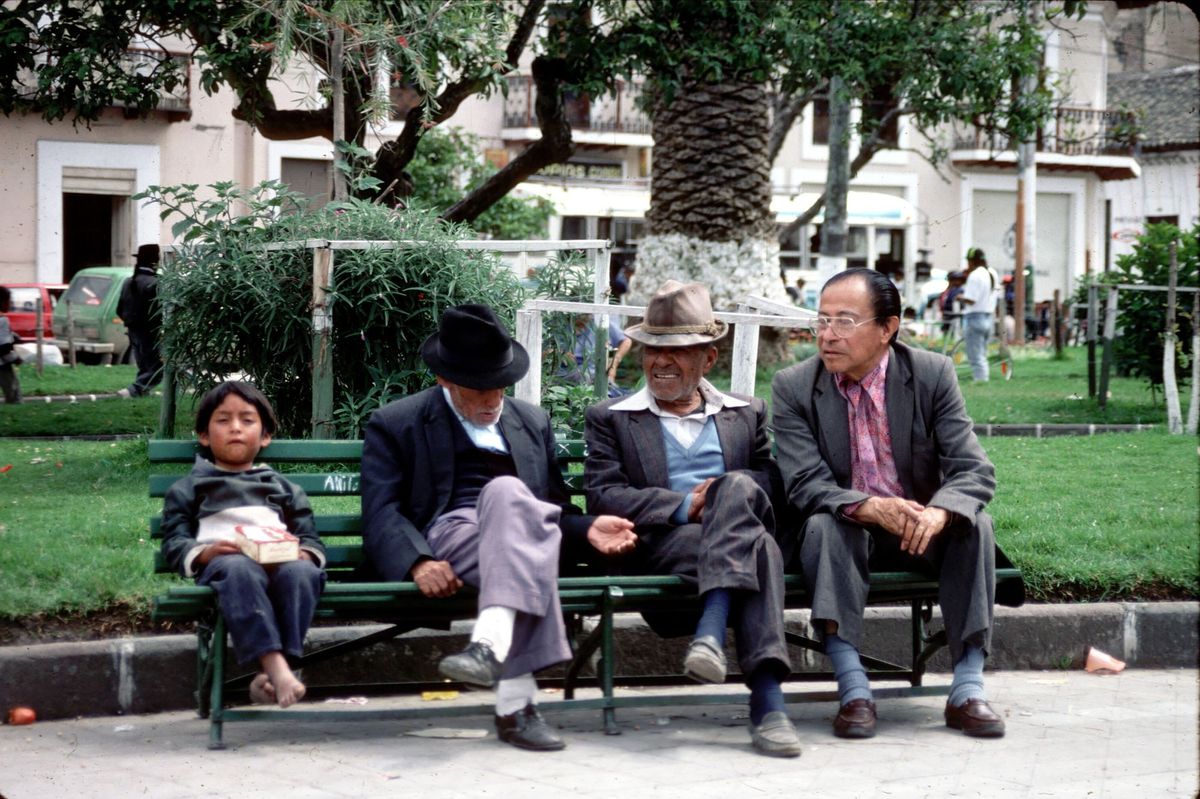
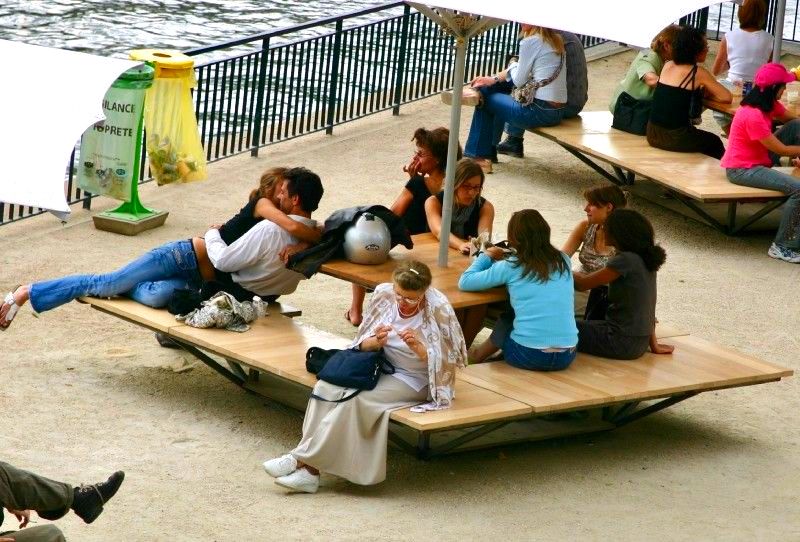

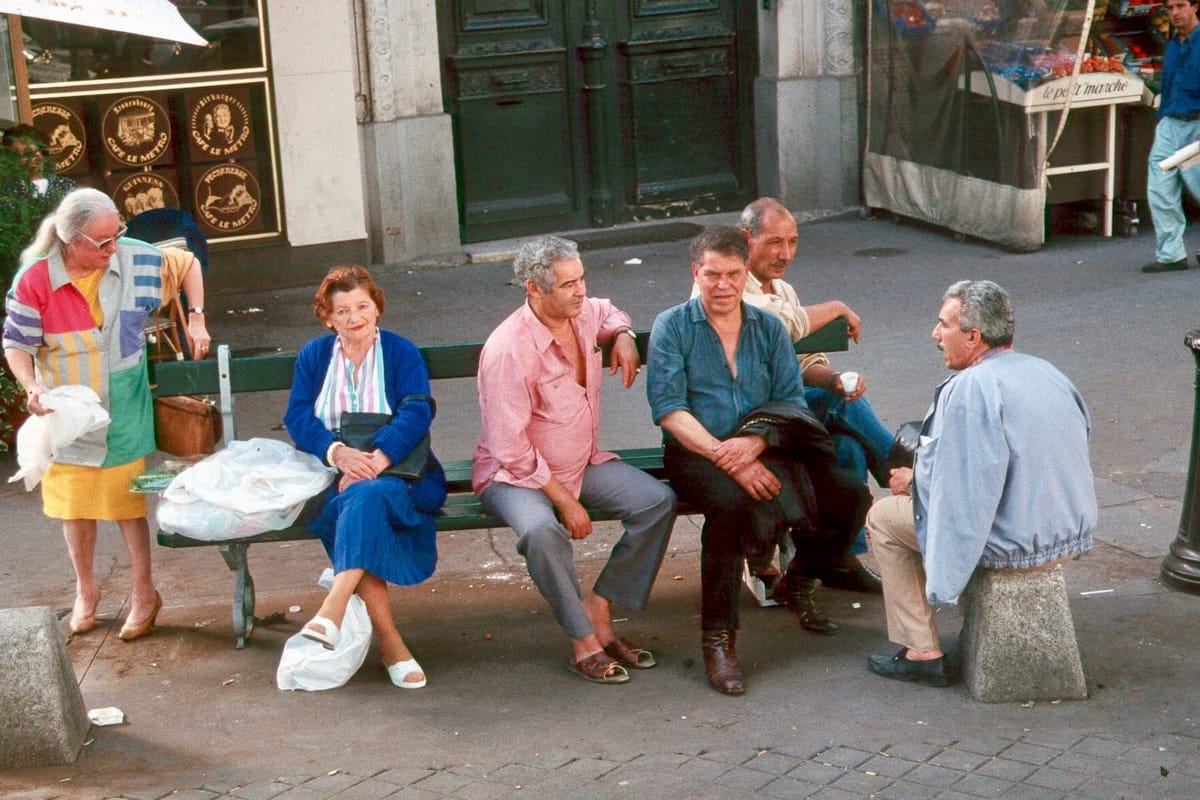
Who We Are
We are part of a growing group of community activists who have spent over 50 years building a "Placemaking Movement" that is now in over 30 countries around the world.
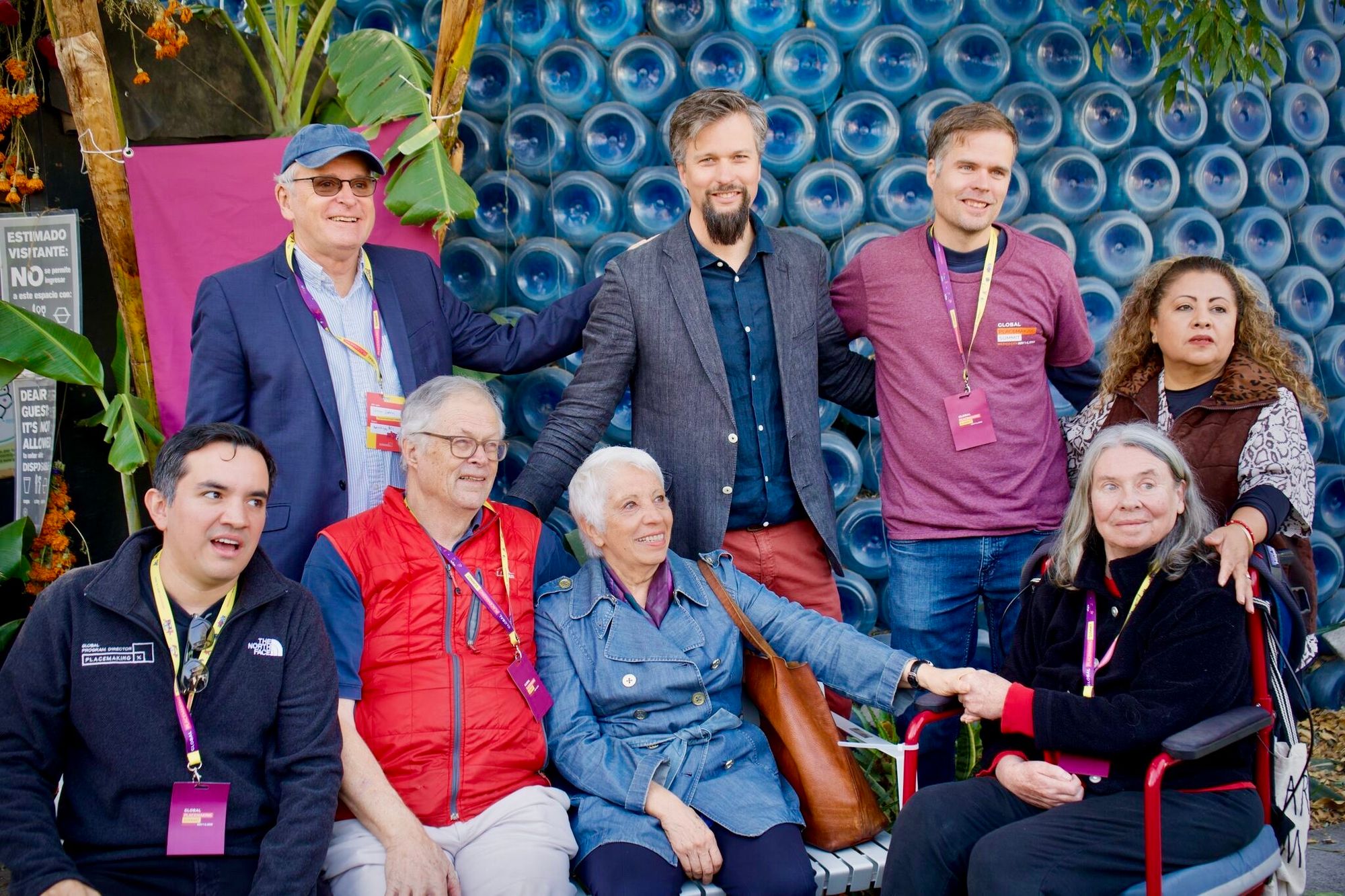
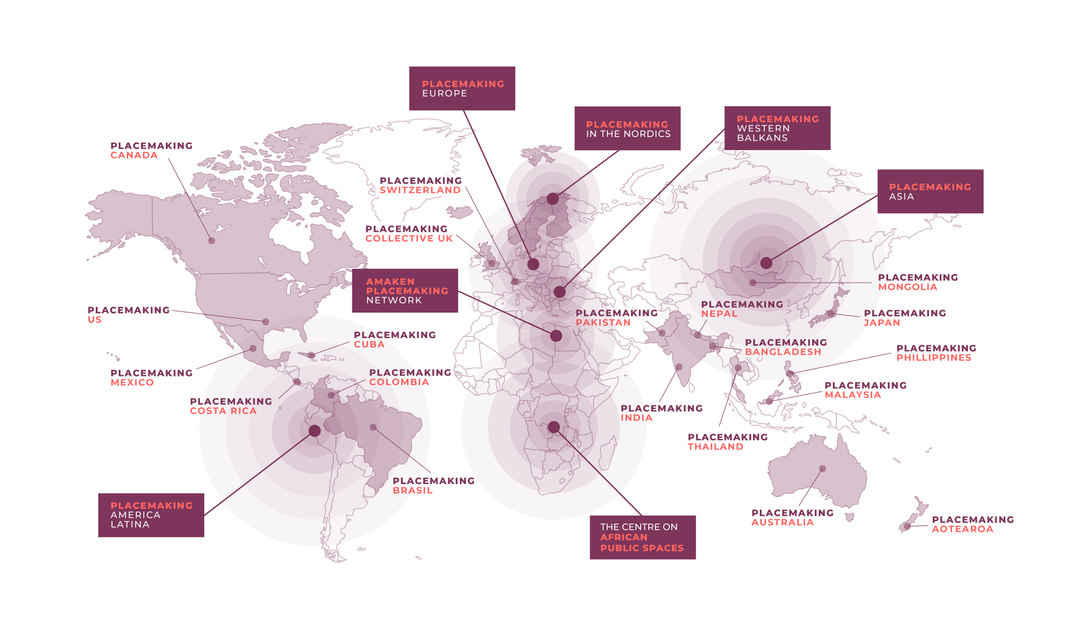
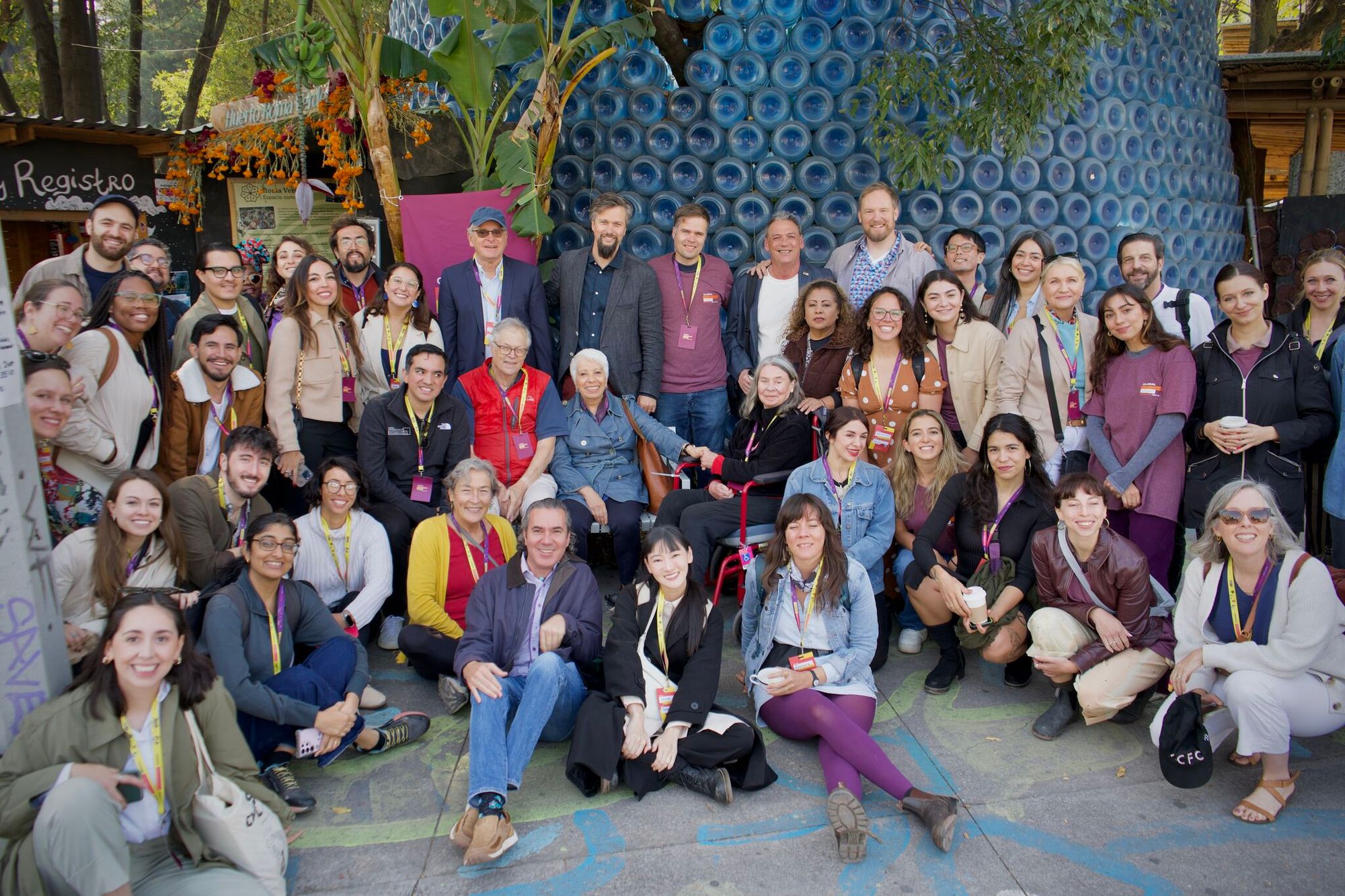
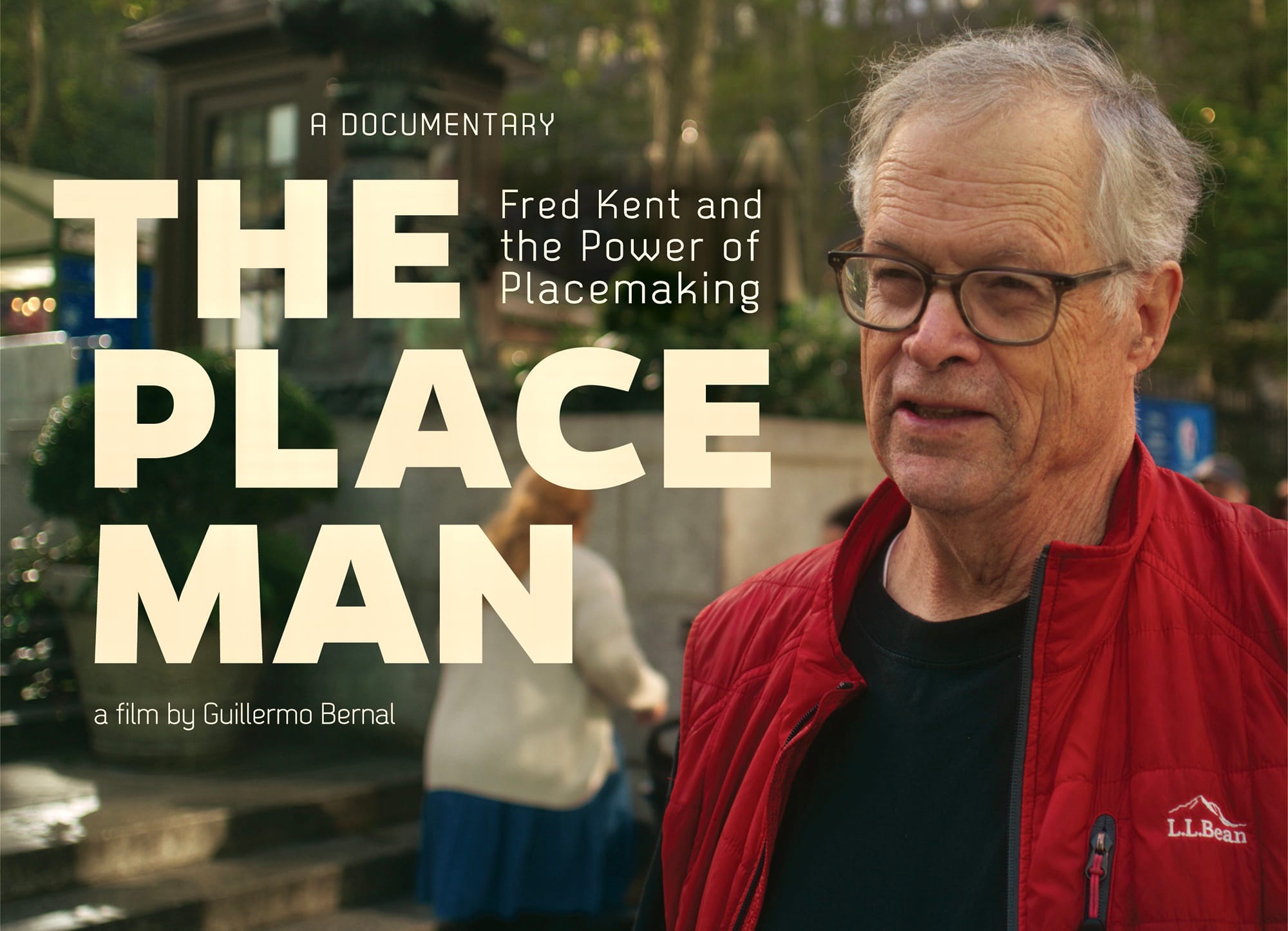
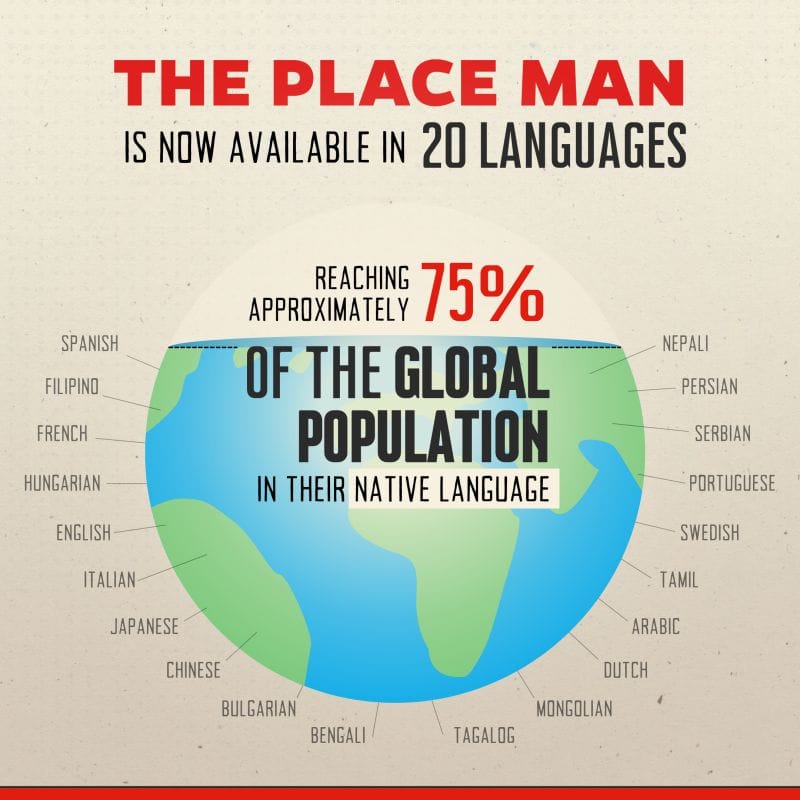

If you are interested in collaborating (articles, presentations, exhibits, projects, and more) or supporting the cause contact us.



